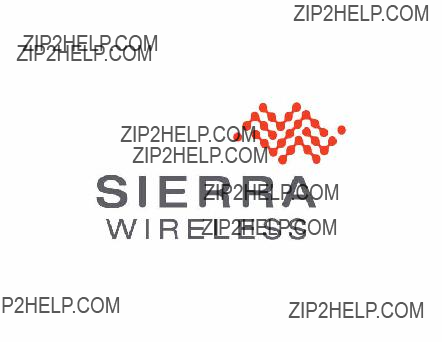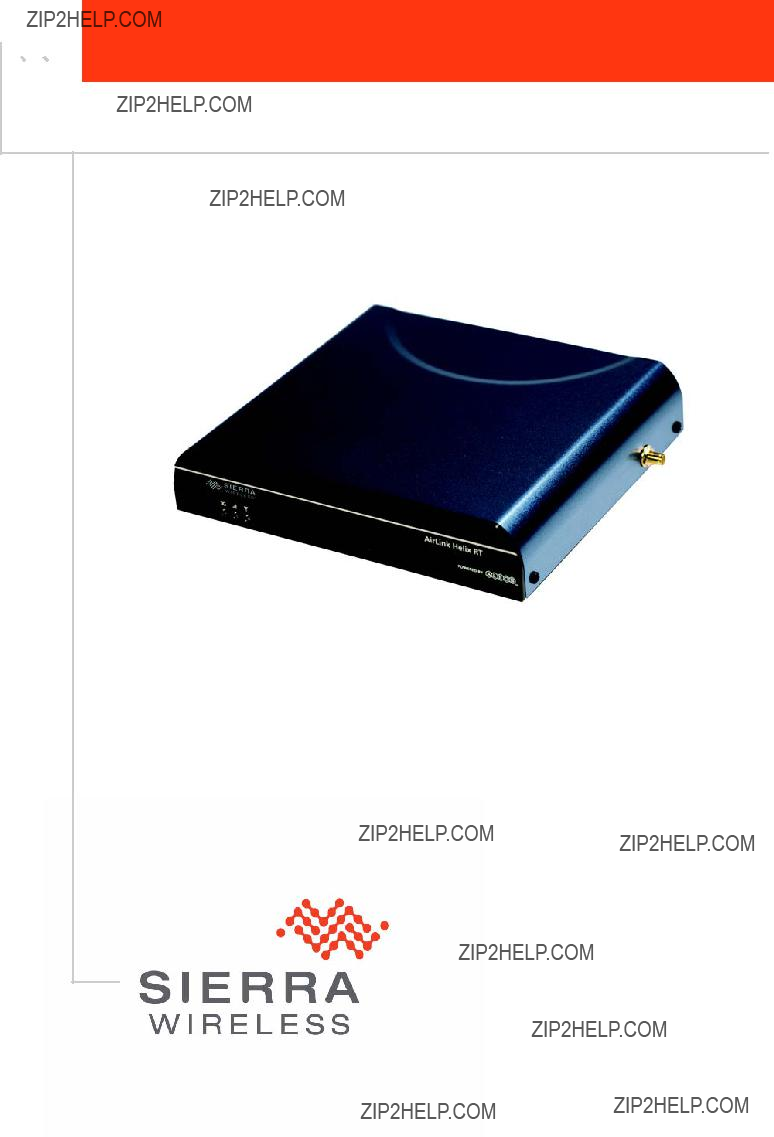



 AirLink Helix
AirLink Helix
User Guide
2140847 Rev 3.0D




 AirLink Helix
AirLink Helix
User Guide
2140847 Rev 3.0D

Preface
Important
Notice
Safety and
Hazards
Due to the nature of wireless communications, transmission and reception of data can never be guaranteed. Data may be delayed, corrupted (i.e., have errors) or totally lost. Although significant delays or losses of data are rare when wireless devices such as the Sierra Wireless AirLink Product Name are used in a normal manner with a
READ ALL SAFETY AND OPERATING INSTRUCTIONS BEFORE OPERATING
THE PRODUCT.
Warning: FOR INDOOR USE ONLY. TO PREVENT FIRE OR SHOCK HAZARD, DO
NOT EXPOSE THIS DEVICE TO RAIN OR MOISTURE. DO NOT EXPOSE THIS
PRODUCT TO DRIPPING OR SPLASHING. NO OBJECTS FILLED WITH LIQUIDS,
SUCH AS VASES, SHALL BE PLACED ON THE DEVICE.
Caution: DO NOT OPEN THE UNIT. DO NOT PERFORM ANY SERVICING OTHER
THAN THAT CONTAINED IN THE INSTALLATION AND TROUBLESHOOTING
INSTRUCTIONS UNLESS YOU ARE QUALIFIED TO DO SO. REFER ALL SERVICING
TO QUALIFIED SERVICE PERSONNEL.
Caution: CHANGES OR MODIFICATIONS NOT EXPRESSLY APPROVED BY THE
PARTY RESPONSIBLE FOR COMPLIANCE COULD VOID THE USER???S AUTHORITY
TO OPERATE THE EQUIPMENT.
It is recommended that the customer install an AC surge arrestor in the AC outlet to which this device is connected. This is to avoid damaging the equipment by local lightning strikes and other electrical surges.
Only use twisted pair Ethernet cables with
Installation of this product must be in accordance with national wiring codes.
To clean, wipe this device with a clean, dry cloth. Never use cleaning fluid or similar chemicals. Do not spray cleaners directly on the unit or use forced air to remove dust.
Do not use attachments not recommended by the device manufacturer.
To avoid injury from falling equipment, do not place this product on an unstable surface.
This device should be situated away from heat sources and products that produce heat.

AirLink Helix User Guide
Regulatory
Information
Open Source
All safety and operating instructions should be retained for future reference.
Do not use onboard aircraft or in hazardous locations such as gas stations or explosive environments.
Not designed, manufactured or intended for machinery, medical, or industrial applications or for any other application may be hazardous.
Do not move or touch the antennas while the device is on. Device should be located at least 20 centimeters (8 inches) away from any human body in order to meet FCC exposure limits.
Do not operate while driving.
This device complies with Part 15 of the FCC Rules. Operation is subject to the following two conditions:
1.This device may not cause harmful interference; and
2.This device must accept any interference received, including interference that may cause undesired operation.
This equipment has been tested and found to comply with the limits for a Class B digital device, pursuant to part 15 of the FCC Rules. These limits are designed to provide reasonable protection against harmful interference in a residential installation. This equipment generates, uses and can radiate radio frequency energy and, if not installed and used in accordance with the instructions, may cause harmful interference to radio communications. However, there is no guarantee that interference will not occur in a particular installation. If this equipment does cause harmful interference to radio or television reception, which can be determined by turning the equipment off and on, the user is encouraged to try to correct the interference by one or more of the following measures:
???Reorient or relocate the receiving antenna.
???Increase the separation between the equipment and receiver.
???Connect the equipment into an outlet on a circuit different from that to which the receiver is connected.
???Consult the dealer or an experienced radio/TV technician for help.
The device that accompanies this software can radiate radio frequency energy. If not used in accordance with the instructions given in the User Guide, the device may cause harmful interference with other communications devices (for example radios, televisions, phones, etc.).
Any changes or modifications not expressly approved by Sierra Wireless could void the user's authority to operate this device.
Sierra Wireless America, 39677 Eureka Drive, Newark, CA USA, 94560 (510.624.4900).
Certain components of the software included with the Helix RT are subject to the GNU General Public License ("GPL"), the Lesser GNU General Public License ("LGPL"), or other "open source" or "free software" licenses ("Open Source Software"). Some of the Open Source license is owned by third parties. Each item of Open Source Software is licensed under the terms of the
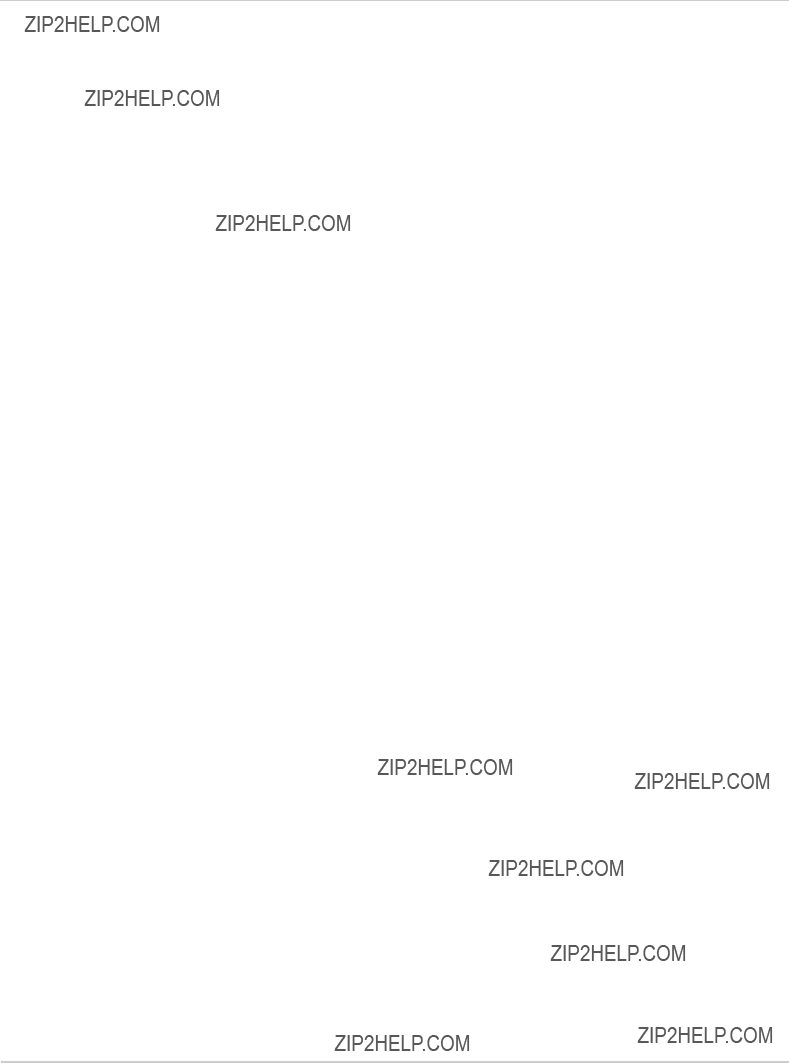
Preface
Patents
Copyright
Trademarks
rights under, or grants you rights that supersede, the terms and conditions of any applicable Open Source License. In particular, nothing in this document restricts your right to copy, modify, and distribute that Open Source Software subject to the terms of Open Source License. As required by the terms of the GPL and LGPL or any other applicable Open Source License, Sierra Wireless makes the Open Source Software available to the public in source code form on a CD. To receive a CD, please contact customer support.
The following Open Source Software is included with the Helix RT.
???GPL and LGPL Software. The Helix RT is provided with the following software licensed under the GPL and LGPL. A copy of the GNU GPL license is available from the Free Software Foundation (http://www.gnu.org).
??BusyBox from Erik Andersen (http://www.busybox.net)
??Host AP driver from Jouni Malinen (http://hostap.epitest.fi)
??IPtables from Harald Welte and others (http://www.netfilter.org)
??Linux operating system version 2.4.20
??Openswan from Xelerance Corporation (http://www.openswan.org)
??PPP from Paul Mackerras (http://www.samba.org/ftp/unpacked/ppp/
??README)
??SPLASH from Willem de Bruijn
??Updatedd from Philipp Benner
???Other Open Source Software. The Helix RT is provided with the following software licensed under BSD licenses or other Open Source Licenses. The software and license details are available from the referenced web sites.
??Internet Software Consortium DHCP Server (http://www.isc.org)
??
??OpenSSH from the OpenBSD Project (http://www.openssh.com)
??thttpd from Jef Poskanzer (http://www.acme.com)
Portions of this product may be covered by some or all of the following US patents:
and other patents pending.
AirLink??? and AceWare??? are trademarks of Sierra Wireless.
Helix RT ??? is a trademark os Sierra Wireless.
Windows?? is a registered trademark of Microsoft Corporation. Other trademarks are the property of the respective owners.
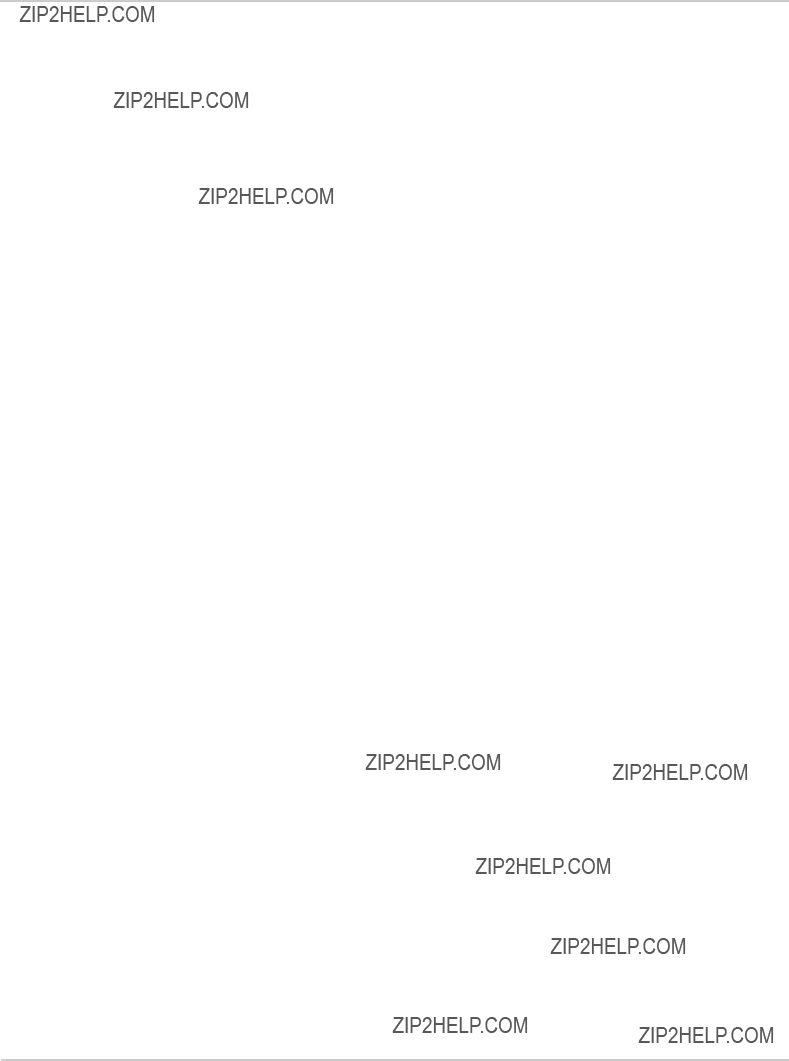
AirLink Helix User Guide
Contact
Information
Consult our website for




 Contents
Contents
Connecting a Computer to the AirLink Helix . . . . . . . . . . . . . . . . . . . . . . . . . .7
Connecting Through Ethernet . . . . . . . . . . . . . . . . . . . . . . . . . . . . . . . . . . . . 7 Connecting Through

Contents
Shared WEP . . . . . . . . . . . . . . . . . . . . . . . . . . . . . . . . . . . . . . . . . . . 31
WPA/WPA2 Personal . . . . . . . . . . . . . . . . . . . . . . . . . . . . . . . . . . . . 32
WPA Enterprise . . . . . . . . . . . . . . . . . . . . . . . . . . . . . . . . . . . . . . . . . 33
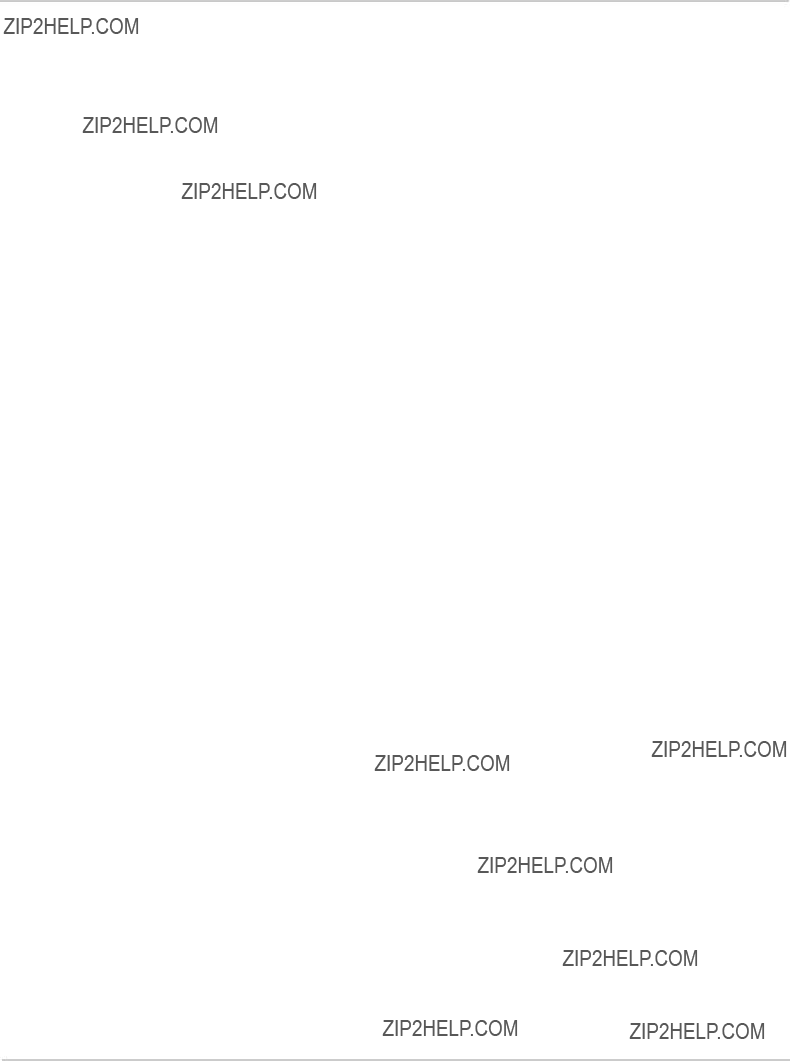
Contents
Port Forwarding and DMZ . . . . . . . . . . . . . . . . . . . . . . . . . . . . . . . . . . . .41
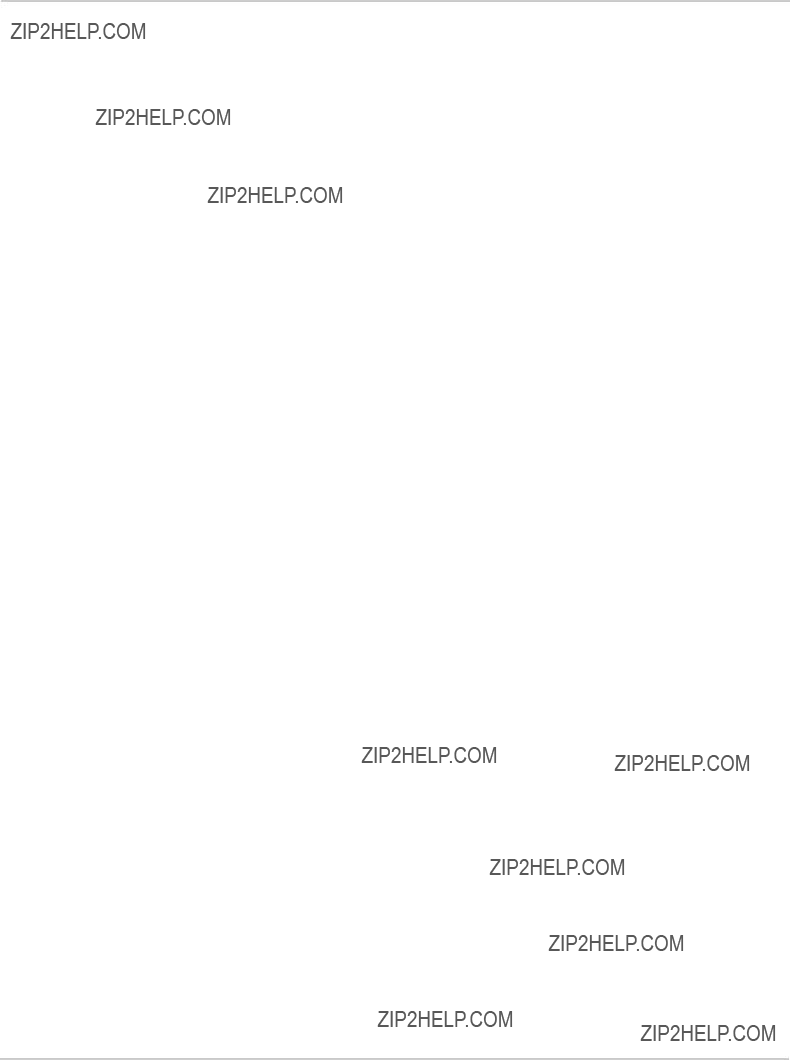
AirLink Helix User Guide
Federal Communications Commission Notice (FCC United States) . . . . 53
Antenna Considerations . . . . . . . . . . . . . . . . . . . . . . . . . . . . . . . . . . 54
WEEE Notice . . . . . . . . . . . . . . . . . . . . . . . . . . . . . . . . . . . . . . . . . . 55
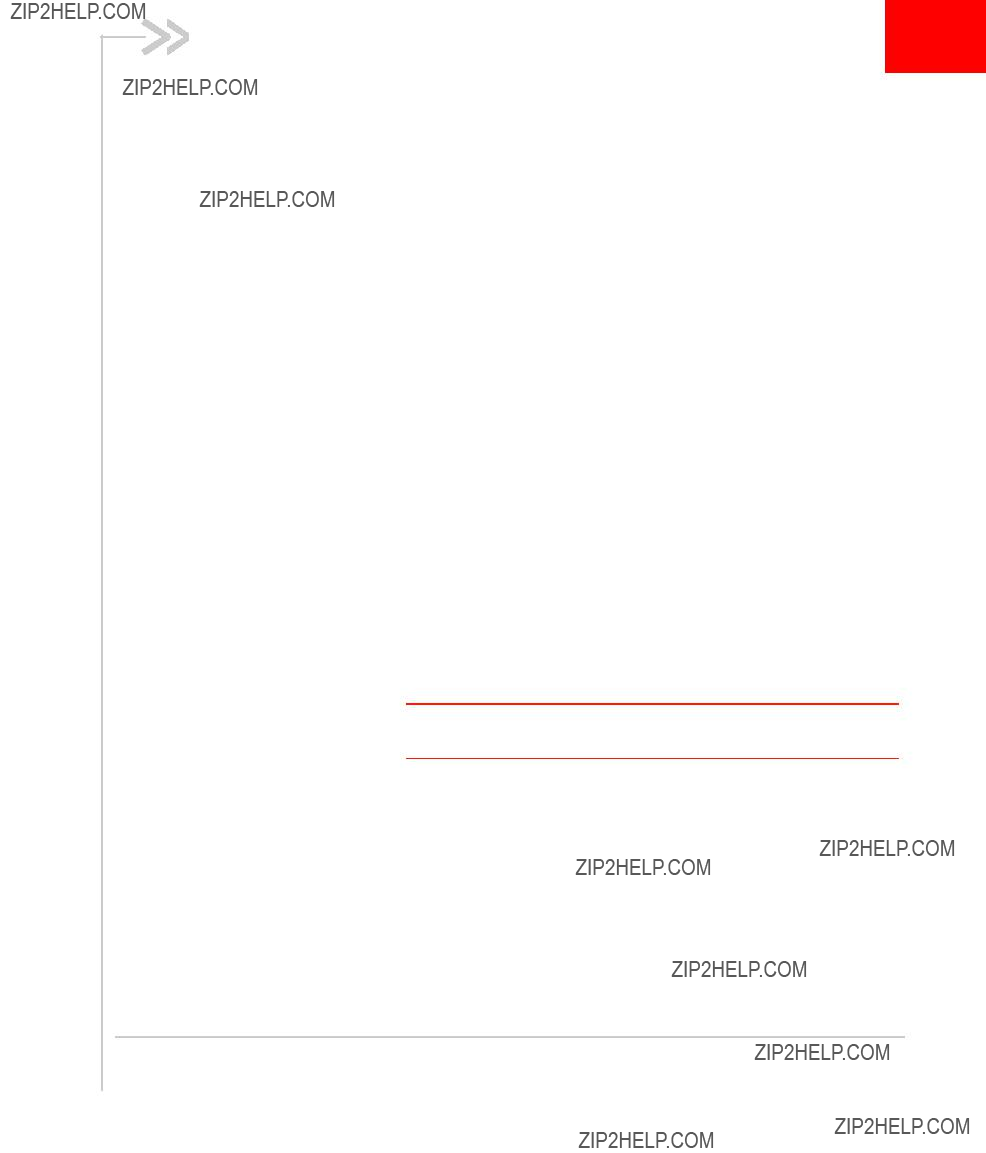
The AirLink Helix enables computers and other devices to connect quickly and easily to the Internet and remote enterprise networks using cellular data networks.
This User Guide provides basic instructions on how to configure and operate your AirLink Helix. For additional support please visit www.sierrawireless.com/support.
What???s Included with the AirLink Helix?
???AirLink Helix RT kit
???AirLink Helix RT cellular router
???User Guide
???Outlet power adapter
???
???Antennas (optional depending on the kit)
What Else Do You Need to Get Started?
???An active data account with your cellular provider is required. Contact your cellular carrier or reseller if you have data account related queries.
Note: Please also read the terms and conditions of your cellular service to ensure that your rate plan is appropriate for use with the AirLink Helix.
???At least one computer that supports Ethernet or
???A web browser such as Internet Explorer 6 or later for Windows, Firefox 1.5, or Safari.
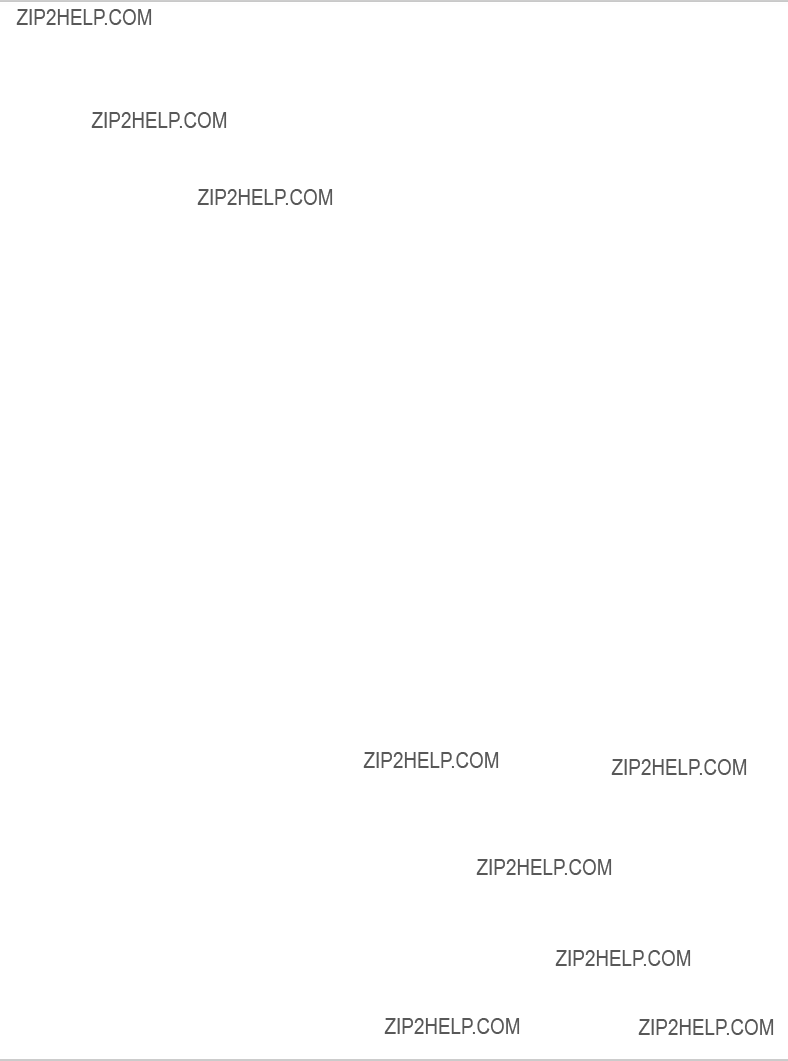
AirLink Helix User Guide
Getting Going (the quick version)
The AirLink Helix is designed to be simple to use. No additional software is required for most users. The remainder of the User Guide provides complete instructions for using the device.
CDMA
If you have a CDMA device, please follow the instructions as below:
1.Plug the AirLink Helix power adapter into the power connector on the back panel of the AirLink Helix. Wait approximately two minutes to allow the AirLink Helix and modem to initialize.
2.Connect your computer to the AirLink Helix with an ethernet cable. Users can also connect with
3.If the modem is not automatically detected, and if you are a first time user,
you may need to configure your cellular modem through the WAN page in the ACEmanager with your web browser at 192.168.2.1. The username is admin and default password is 12345. For more details on configuring the AirLink Helix, refer to the chapter titled ???Using the ACEmanager.???
GSM
If you have a GSM device, please follow the instructions as below:
1.Insert a SIM card into the SIM slot on the front of the Helix.
2.Plug the AirLink Helix power adapter into the power connector on the back panel of the AirLink Helix. Wait approximately two minutes to allow the AirLink Helix and modem to initialize.
3.Connect your computer to the AirLink Helix with an ethernet cable. Users can also connect with
4.If the modem is not automatically detected, and if you are a first time user,
you may need to configure your cellular modem through the WAN page in the ACEmanager with your web browser at 192.168.2.1. The username is admin and default password is 12345. For more details on configuring the AirLink Helix, refer to the chapter titled ???Using the ACEmanager.???
Have more questions? Look through this manual for more information or contact
Sierra Wireless support at http://www.sierrawireless.com/support.




 2: Connecting a Computer to the AirLink 2
2: Connecting a Computer to the AirLink 2 
 Helix
Helix
???Connecting Through Ethernet
???Where to Find More Any laptop, desktop, handheld, printer, or other computing device that
Figure
Connecting Through Ethernet
To connect to the AirLink Helix using Ethernet, simply plug one end of an Ethernet cable into your computer, and plug the other end into either of the Ethernet ports on the AirLink Helix.
There are two Ethernet ports on the Helix. In most configurations, both can be used for LAN connections. In WAN failover mode, one is used for a WAN port to connect to another Internet service like a DSL or cable modem.
Make sure your computer is setup for DHCP addressing. To setup the AirLink Helix for static IP addressing, refer to the LAN Page section in ???Using the ACEmanager???.
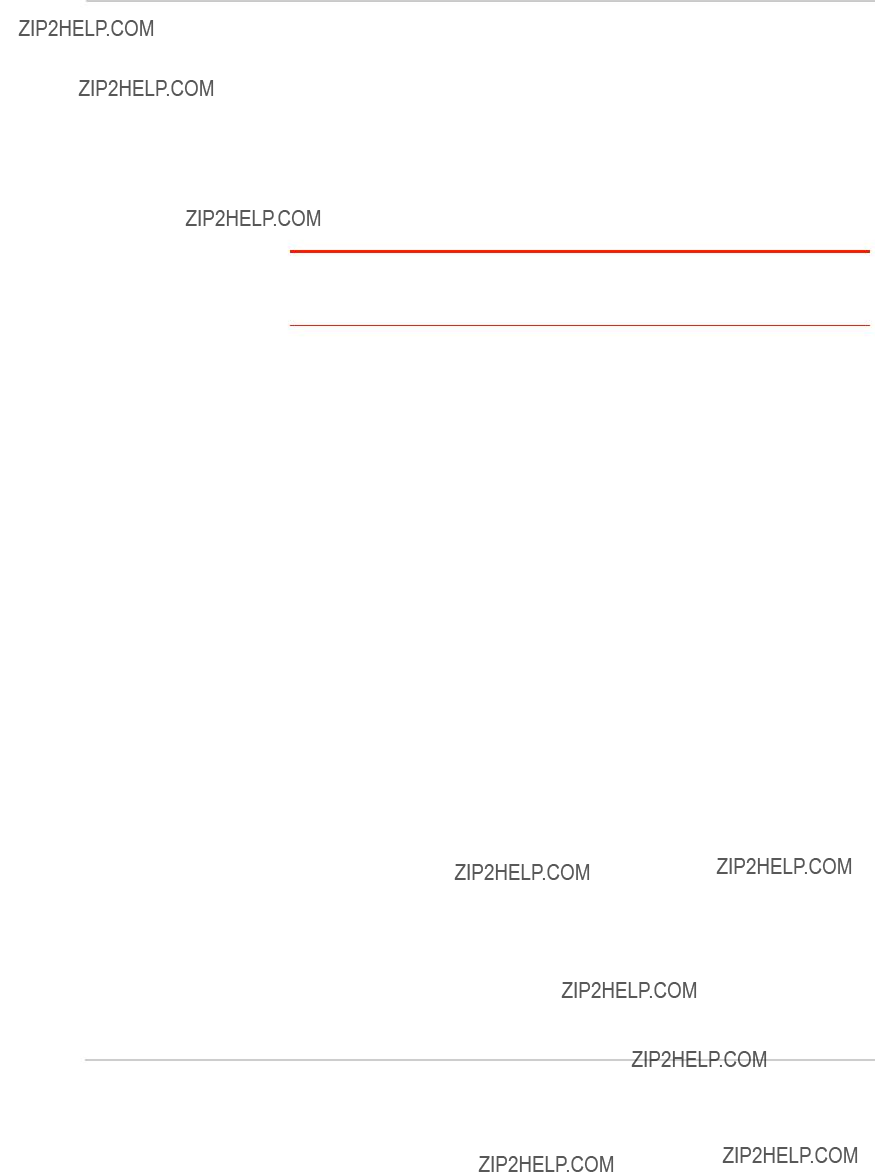
AirLink Helix User Guide
Connecting Through
To connect wirelessly to the AirLink Helix using a
You can customize the network name and other
Note: If you don???t change the default security settings in the ACEmanager for the AirLink Helix, the AirLink Helix is accessible to any
The AirLink Helix
If you have trouble connecting automatically to the AirLink Helix using
???Make sure the ???helix??? network name is selected in the list of available networks with your computer???s
???Turn your computer???s
???Restart your computer.
???Check to see that your computer???s network configuration is consistent with the configuration of the AirLink Helix. The default AirLink Helix configuration requires your computer to use a DHCP connection.
???For Windows XP users, check to see that you have Service Pack 2 or higher installed. To determine if you have Service Pack 2 installed, open the Control Panel and then open the System application.
???Change the
???Try turning off WEP or WPA encryption in the ACEmanager. If you can connect when encryption is turned off, you may be entering incorrect WPA or WEP login information into your computer or device.
Where to Find More Help
The Ethernet,
Please contact Sierra Wireless support for further Helix RT related queries.

Physical Interfaces
The AirLink Helix has the following physical interfaces and connection methods:
???Two cellular SMA antenna connectors
???802.11b/g
???Two
???2 host USB ports
???2 Ethernet ports
???1 serial port
Note: Software currently does not support USB services. Do not plug unsupported devices into the USB ports.
Note: An ALEOS update support USB is expected by September 2009.
Note: Serial connection is for modem programming purposes only.
Turning On the AirLink Helix
The AirLink Helix powers on as soon as it is plugged in to the power outlet. The AirLink Helix power port is located on the back of the device. To turn the device off, simply unplug the power adapter.
For use in a vehicle, a vehicle power adapter is available as an optional accessory.
Status Lights
The AirLink Helix has three lights on the front faceplate that indicate status and help initial troubleshooting. The green LED on the left, is lit whenever Helix is plugged in. The middle green LED indicates cellular signal strength. The right green LED indicates WWAN activity.There are three modes:

AirLink Helix User Guide
3G
Status
Figure
LEDs
The LED patterns in the Helix are as follows:
(Left) ??? 3G
???Off : 3G connection is not active
???On : 3G connection is active
(Middle) ??? Signal Strength (RSSI)
???On Solid : Equal to or stronger than
???Fast Blink :
???Normal Blink :
???Slow Blink :
???Off : Equal to or weaker than
(Right) ??? WWAN Status
???Off : No cell module detected
???Blinking : cellular module detected, communicating with the Helix CPU. This LED is hardware dependent and may blink differently depending on the installed cellular module.
Cellular Antennas
The AirLink Helix requires two cellular antennas, as shown in Figure

Hardware Overview
Note: This device is not intended for use within close proximity of the human body. Antenna installation should provide for at least a 20 cm separation from the operator.
The Helix will work with most dual band cellular antennas with SMA connectors. Connect antennas directly to the connectors found on the sides of the Helix.
Note: When using a cable to an antenna placed away from the Helix, minimize the length of your cable. All gain from a more advantageous antenna placement can be lost with a long cable to the device. Each external antenna used with an extension cable, should be located 20cm apart from any other antenna.
Cellular
Antennas
Figure
Note: Use all four antennas for diversity. Using only one cell antenna or one
The optimal placement of the cellular antenna is upright.

AirLink Helix User Guide
The antennas on the back of the Helix are for transmitting and receiving
Note: Optimal antenna performance can be achieved by orienting the WiFi antennas horizontally.
Figure
Reset Button
The reset button is a small hole located in on the front faceplate of the Helix. This button provides a quick way to turn the Helix power off and back on. Simply insert a paper clip or similar object into the hole to press the reset button.
In some cases the Airlink Helix may need to be reset to defaults. This will reset any custom settings and connection information. If the ACEmanager password has been forgotten or is unable to be accessed, the Airlink Helix can be reset during the bootup process by pressing the reset button for just 10 seconds.
Reset Button
Figure

Hardware Overview
Power Connector
Helix comes with a switching adapter. The power connector is located on the back plate of the Helix.
Power adapter
Figure
SIM Slot
Note: This section applies to Helix with GSM technology only.
To insert the SIM in to the SIM slot, follow the instructions as below:
1. Carefully remove the SIM card from the card you received.
Figure
2. Gently press the SIM to click it into place.
Figure
3.When the SIM card is fully inserted, it will lock into the holder with a click sound.
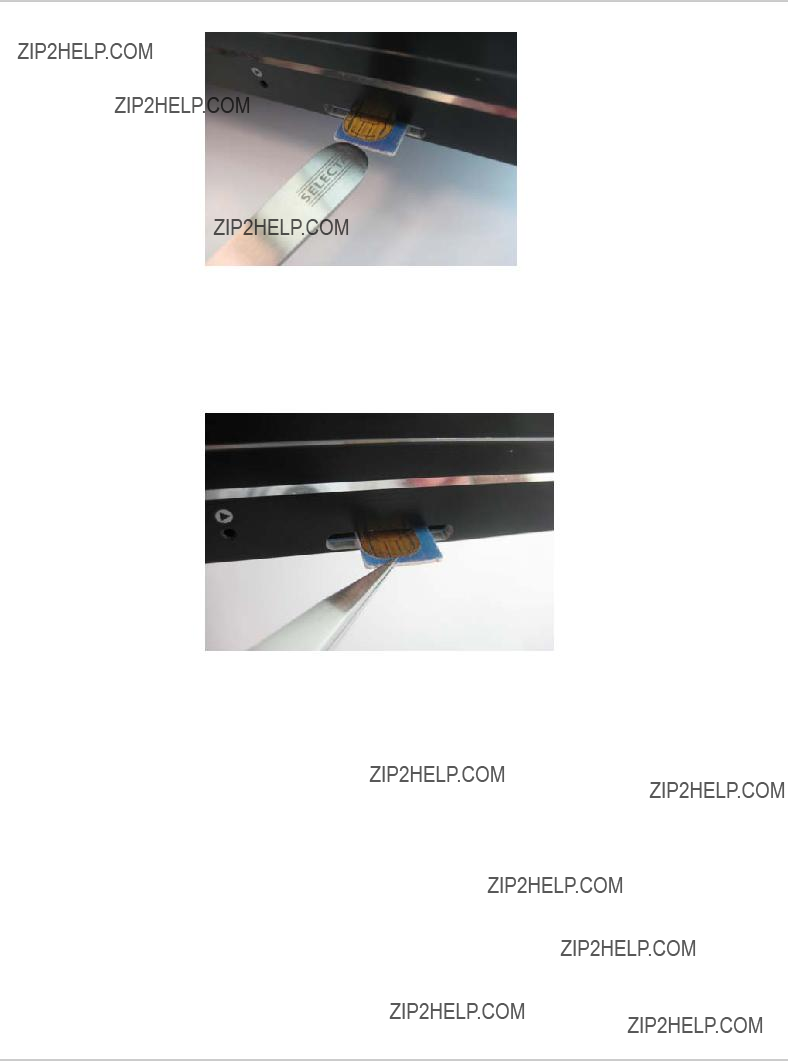
AirLink Helix User Guide
Figure
Remove the SIM
Firmly press on the SIM and it will unlock from the holder with a click sound. Once the SIM ejects, use a pair of tweezers to pull out the SIM.
Figure

A single USB modem can be connected to Helix RT. USB modems Compass 598 (Sprint) and Compass 895 (AT&T) are supported. Only one cellular device, that is either the Helix RT or the USB modem operates at a given time. When a USB modem is connected to the Helix RT, it assumes all the functions of the internal radio module to provide WWAN connectivity. Once the USB modem is removed the internal radio module of Helix RT restarts.
Figure
When a USB modem is connected to the Helix RT, it performs with the other all the features as if it were the Helix RT. WAN failover, APN configuration, and similar features now operate with the USB modem.
Multiple failover options include USB modem in WAN failover feature, so that the software can automatically toggle between:
???WAN port Ethernet connection
???Embedded modem
???USB modem.
Note: Only one external USB modem can be plugged in at a time.

AirLink Helix User Guide
USB Modem connection
Instructions to connect your USB modem to the Helix RT are as follows.
1.Unplug the Helix RT.
2.Plug in the USB modem. You can also use the extender cable provided.
3.Plug in the Helix RT.
Note: The USB modem needs to be inserted when the Helix is turned off, in order for Helix to recognize the USB modem at startup.
4.Enter http://192.168.2.1:9191.htm on your browser, to connected to ACEmanager.
??User ID: admin
??Password: 12345
Note: USB radio supports all other Helix software features.
5.In ACEmanager,
a. By selecting the About tab, you can view the Helix module information.
Figure
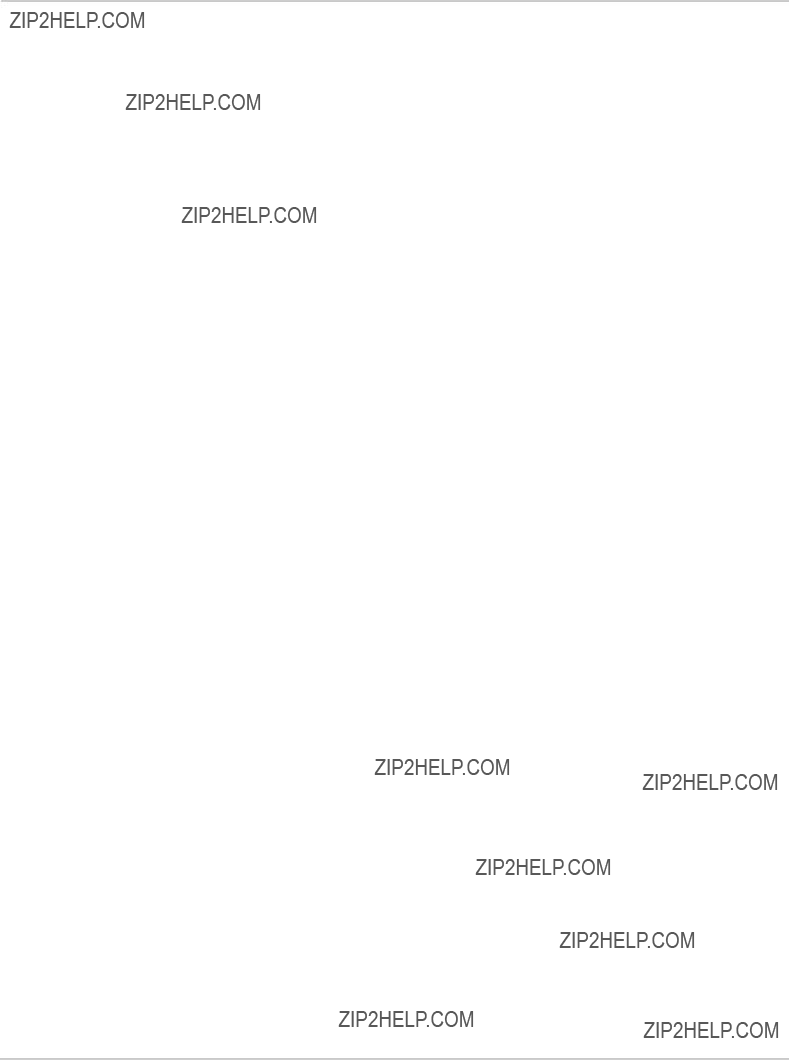
USB Connection
6.Check the LED lights on the USB modem, to check the status of the USB connection.
Information for the USB modem connection is available on the Status tab in ACEmanager. GSM users can configure their APN on the WAN/Cellular tab in ACEmanager.

AirLink Helix User Guide

???ACEmanager
???Status
ACEmanager
ACEmanager is the free utility used to manage and configure the AirLink Helix RT. After powering on the Helix, you can log on to ACEmanager by :
???Entering http://192.168.2.1:9191/index.htm in your browser.
The default login credentials are:
???Login: admin
???Password: 12345
To prevent others from changing the Helix settings, change the ACEmanager password. See the Security topic in the ???Configuring Airlink Helix" for more information.
Status
All of the fields in the ???Status??? group have
Home
The home section of the status tab has basic information about the cellular network connection. Refer to the "WAN / Cellular" section for information about configuring the cellular modem.
Figure
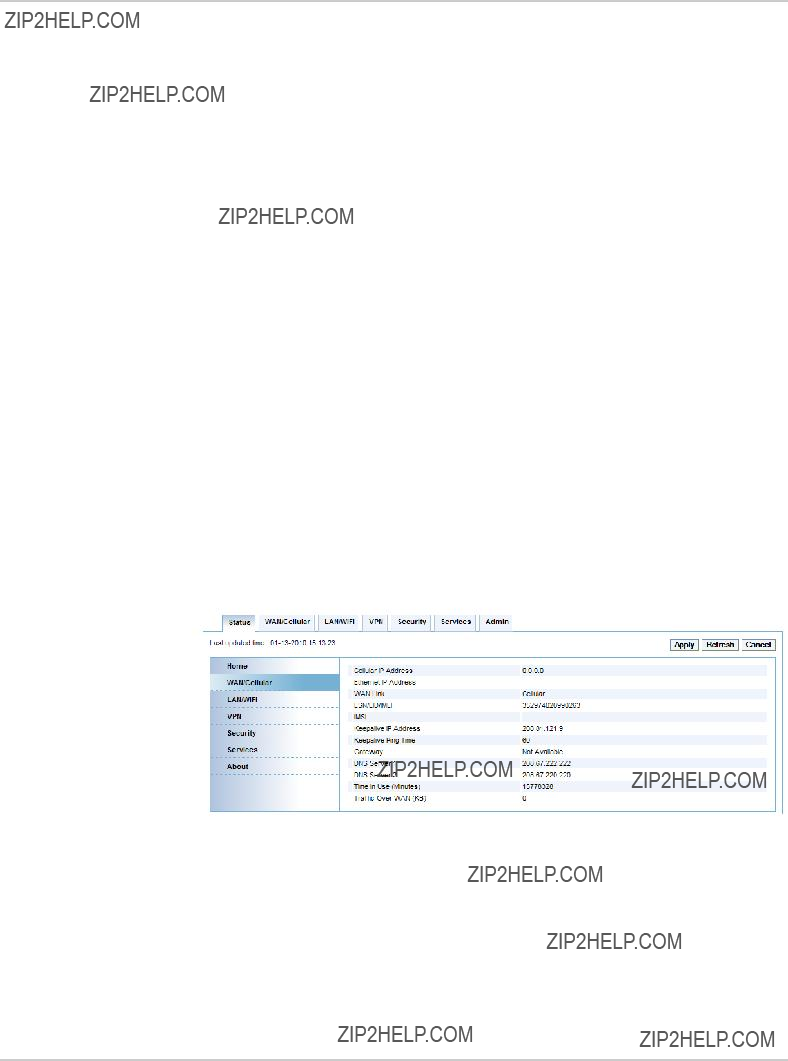
AirLink Helix User Guide
Table
WAN/Cellular
WAN/cellular status indicates specific information about the cellular connection including IP address and how much data has been used.

LAN/WiFi
This is the status of the local network. It lists information about the network and connected clients. If the Helix has
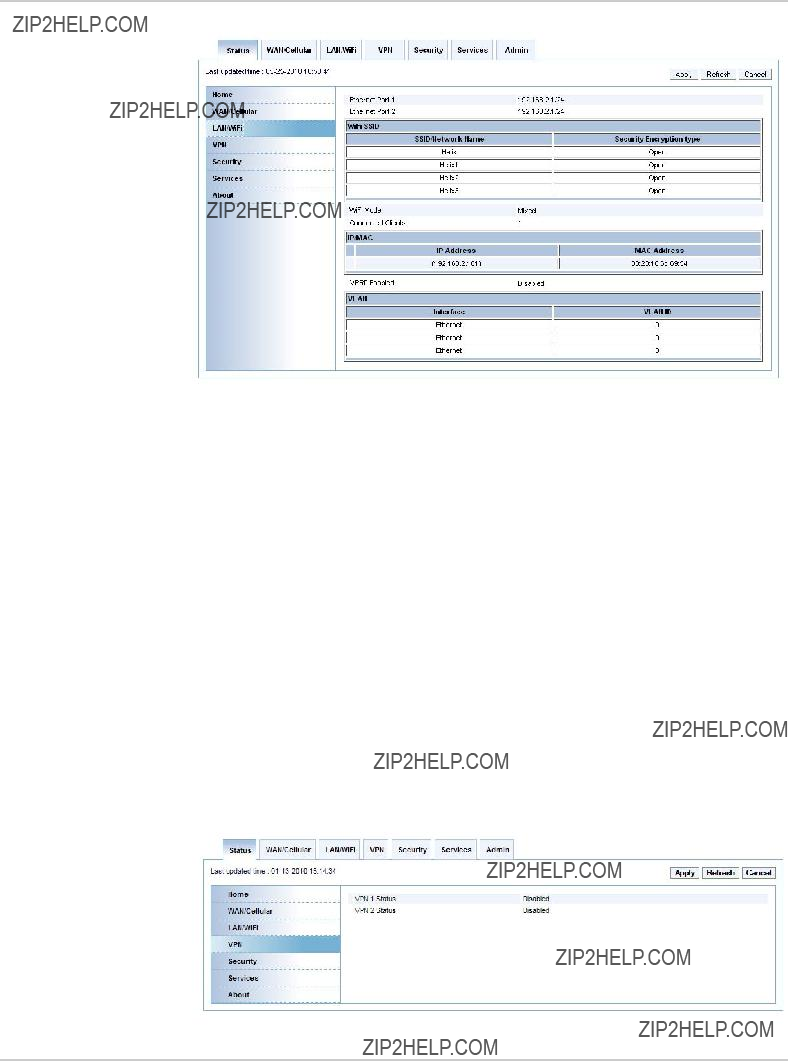
AirLink Helix User Guide
Figure
VPN
The VPN section gives an overview of the VPN settings and indicates whether a
VPN connection has been made.
Figure
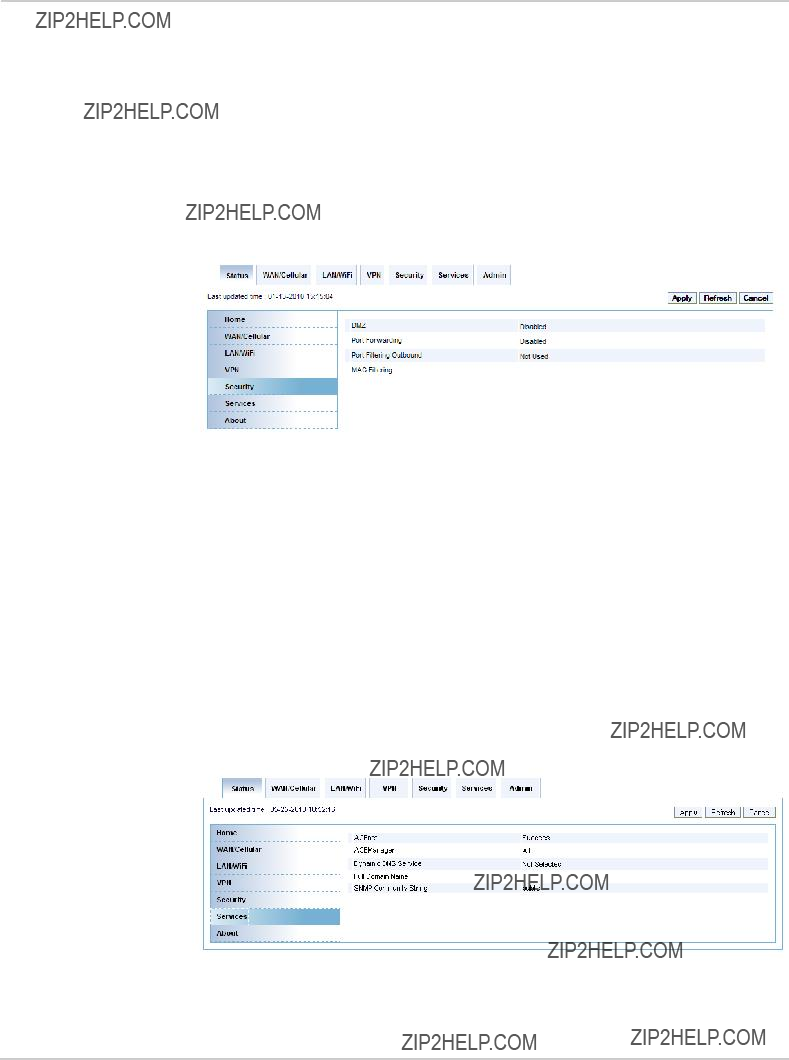
Configuring AirLink Helix
Security
The security section provides an overview of the security settings on the Helix.
Figure
Services
This section shows the ACEnet status.
Figure

AirLink Helix User Guide
About
The About section of the Status group provides basic information about the cellular modem.
Figure
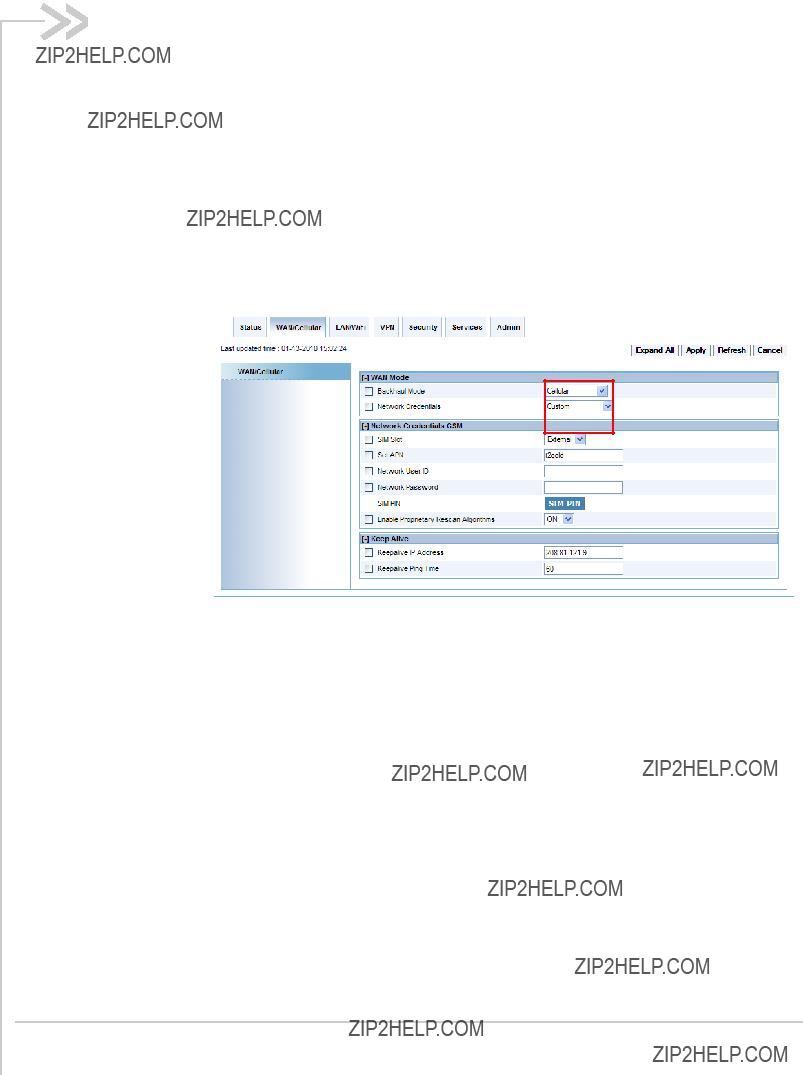
WAN/Cellular
The WAN/Cellular section allows changes to the cellular connection and main operating mode of the Helix. Some settings may appear differently and are dependent on cellular carrier settings.
The default mode is "Cellular". This uses the onboard cellular module as primary means of connection and enables all other onboard features. Custom connection settings can be included if they are supported by the cellular module.
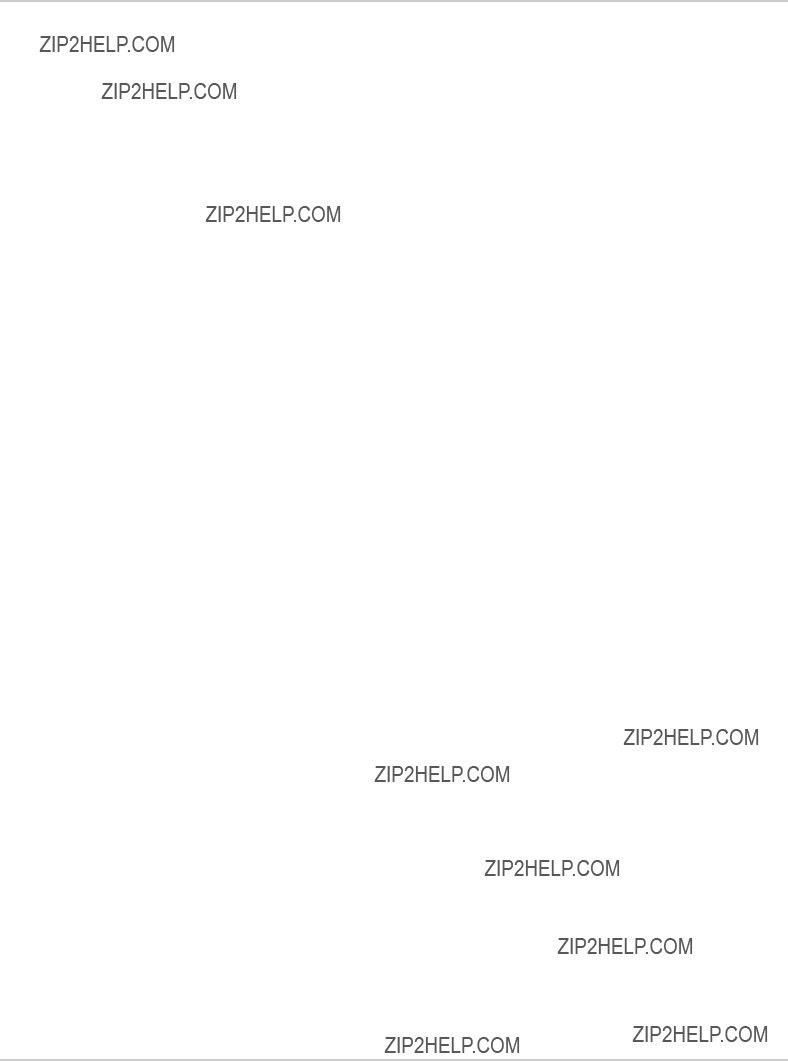
AirLink Helix User Guide
WAN Failover
WAN Failover allows the Helix to intelligently manage two Internet connections, switching from one to the other as needed. After enabling this mode, Helix will continually test the primary Internet connection. If tests fail, Helix will automatically switch to the secondary connection while continuing to test the primary connection and switch back to the primary connection when connectivity is returned.

Configuring WAN/Cellular
Setup

AirLink Helix User Guide
switches to if the primary connection fails. Default primary interface is Ethernet.
4.If needed, change the Primary Route IP and interval.
5.Click on Apply and reboot the box when prompted.
6.Plug in the Ethernet cable for the WAN connection in to WAN/LAN port of the Helix.
How it works
When enabled, Helix will ping the Primary Route IP at the interval you have configured. If one of these pings fails, Helix will immediately send another short series of pings to that IP address. If these pings also fail, Helix will switch to using the secondary Internet connection.
While the secondary Internet connection is being used, Helix will continue to ping the Primary Route IP to determine when the connection is restored. When the connection is restored, Helix will switch back to the primary connection.
IP Passthrough
IP Passthrough mode will pass the cellular WAN IP address directly through to any client connected to WWAN/LAN port on the Helix. This may be necessary for some VPN configurations or other enterprise applications. The Helix can also continue to provide LAN IP addresses to clients connected through LAN port (or
Figure
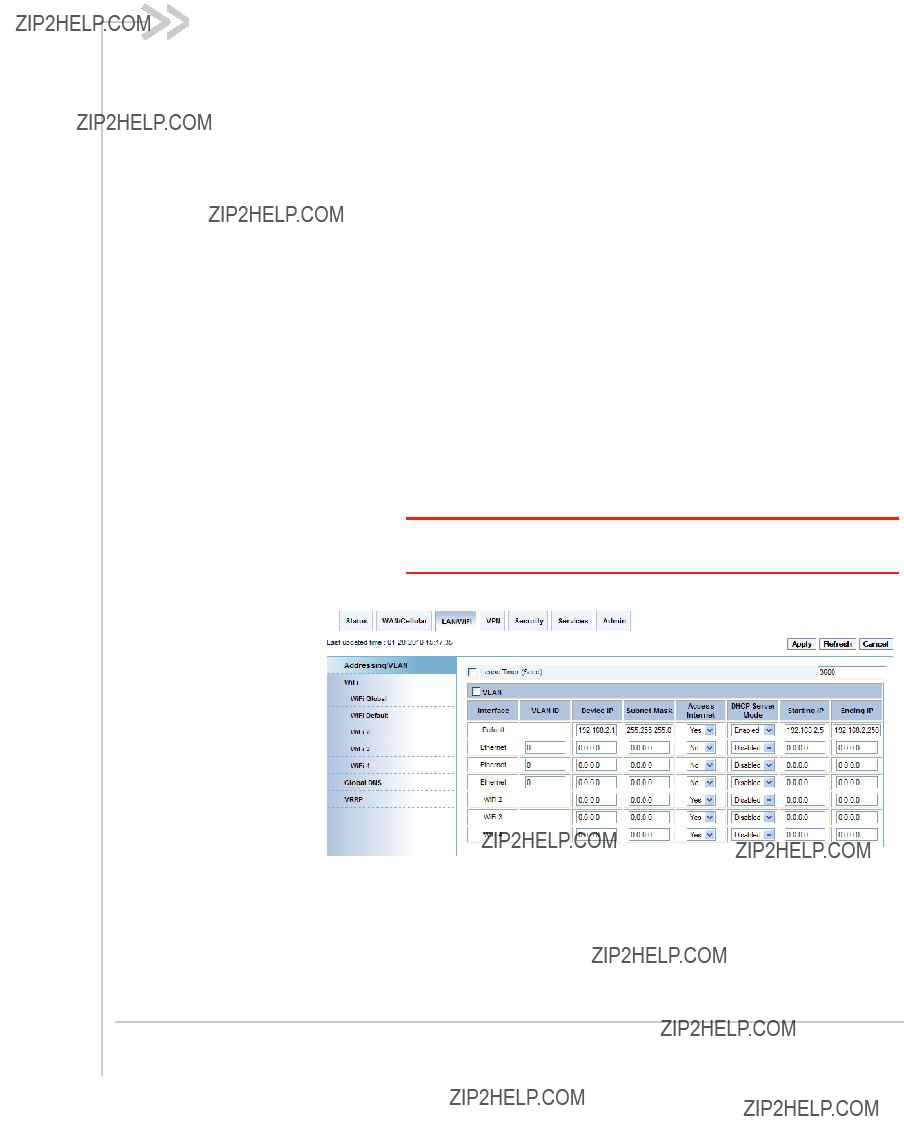
The LAN/WiFi section displays VLAN configuration parameters, in
ACEmanager.
VLAN stands for virtual LAN. VLANSs help structure the network growth of companies. A VLAN typically has a cluster of hosts that are together in a broadcast domain and not based on their physical location. A difference between VLAN and LAN is that a VLAN allows devices to be grouped together even when the devices are not located on the same network switch.
The VLAN implementation with a Helix is more of a VLAN support. i.e. if there is a switch behind the Helix that supports VLAN, Helix will forward the packet to the appropriate VLAN segment.
ACEmanager allows the users to reconfigure their network instead of relocating devices.
Addressing/VLAN
This section indicates the status and allows you to change the IP settings of the local network.
Note: Changing settings in this area will require you to reconnect to
ACEmanager after saving any changes.
Figure
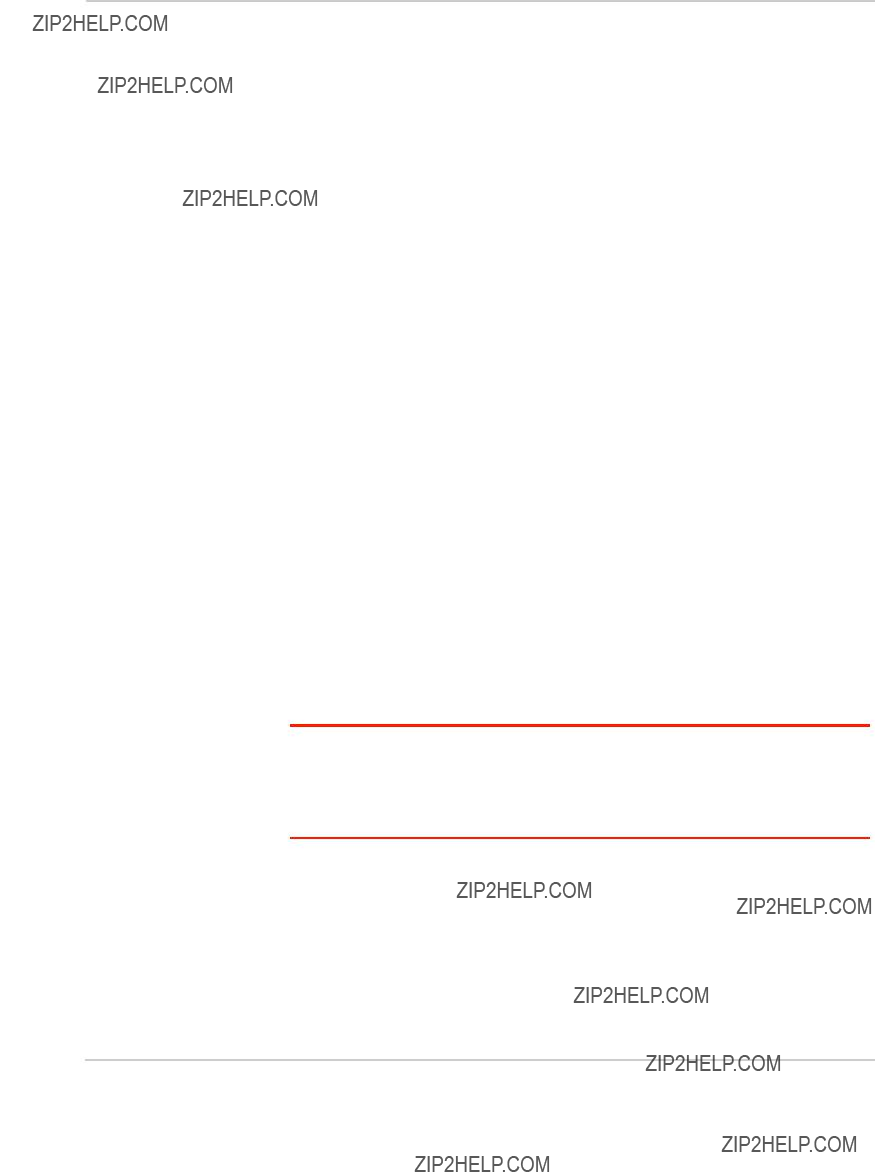
AirLink Helix User Guide
WiFi Global
On supported models, the Helix has a
Note: You can lock yourself out of the Helix when you first turn on WEP or WPA. You must then enter the right key in the format required by your computer or device before you can connect to the Helix with

Configuring LAN/WiFi
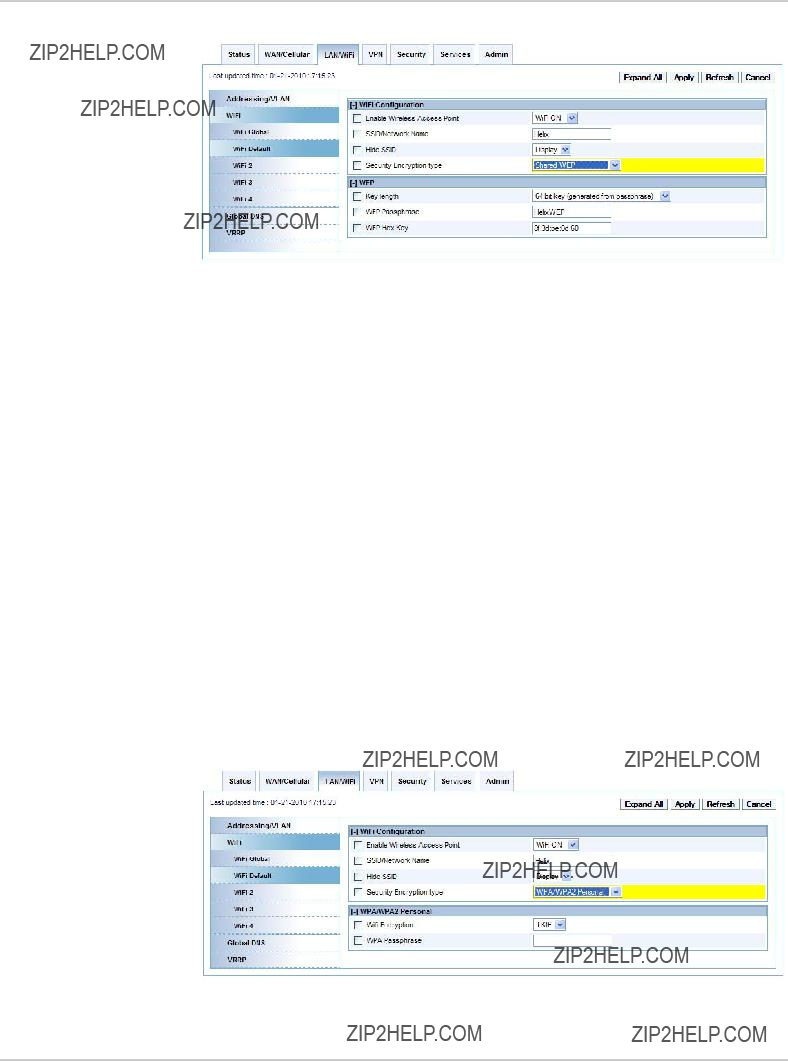
AirLink Helix User Guide
Figure
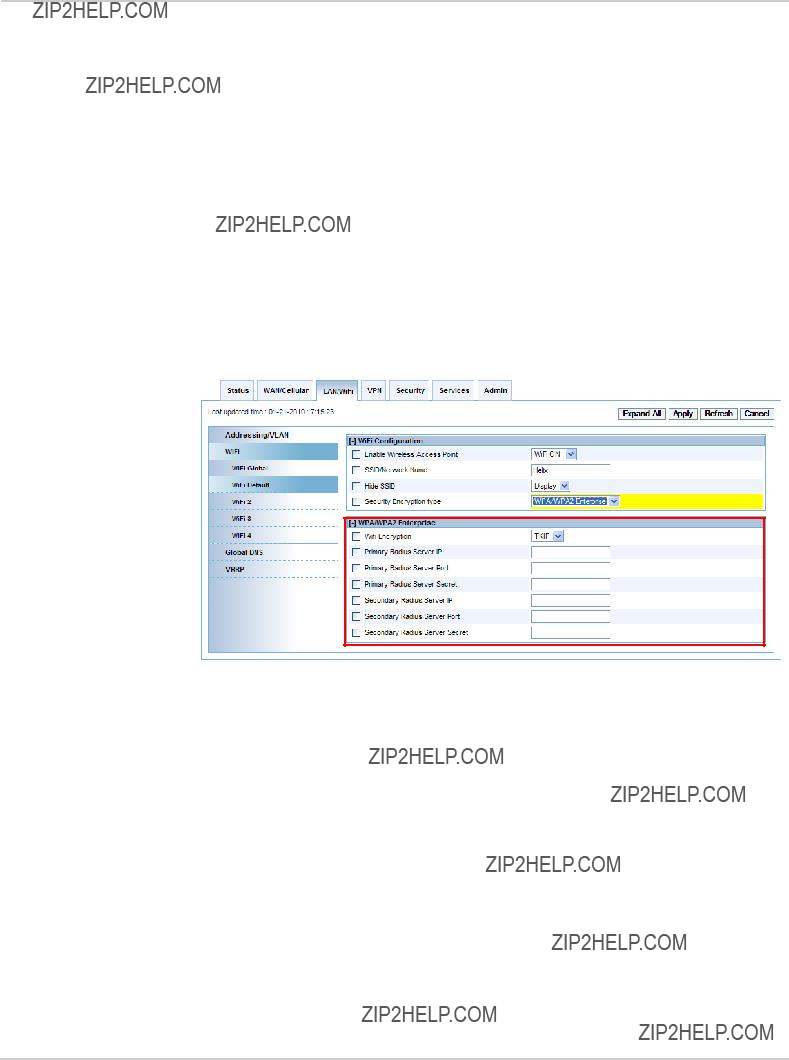
Configuring LAN/WiFi
WPA Enterprise
WPA Enterprise adds another layer of security to WPA by requiring clients authenticate with a server before being able to access the network. Clients connecting to the Helix when WPA Enterprise is enabled will need to have certificates installed from the RADIUS server, allowing them access to the network before being allowed to connect.
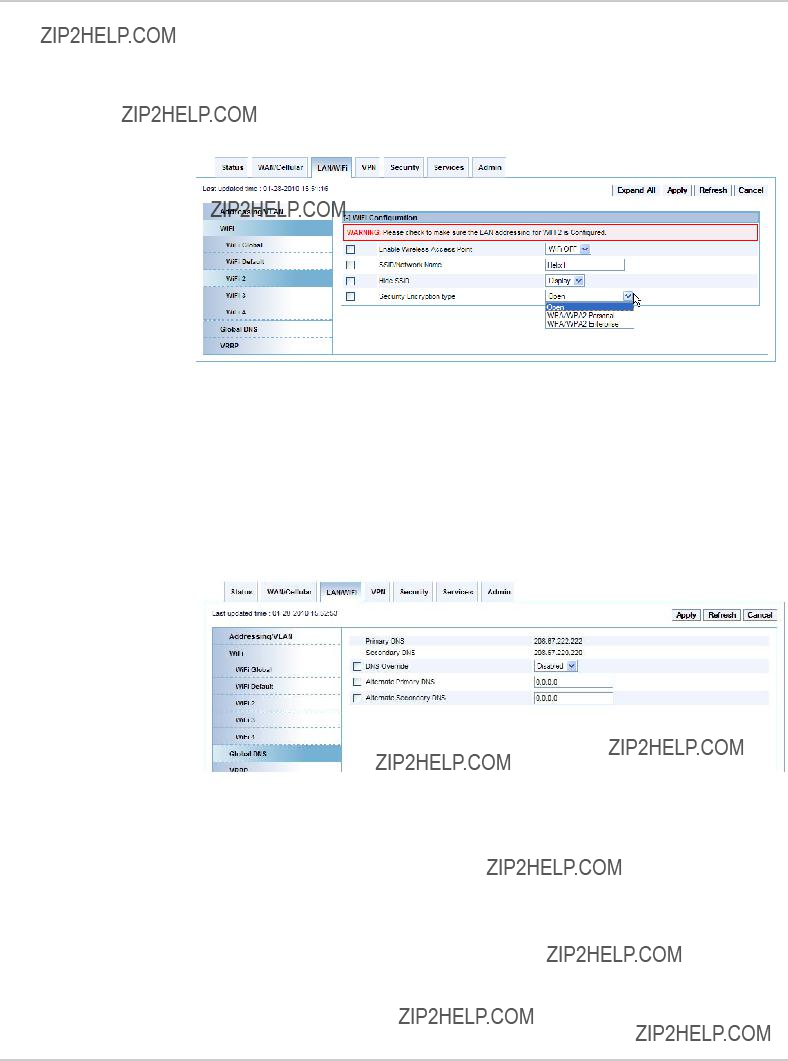
AirLink Helix User Guide
WiFi 2
The WiFi interface can support up to 4 WiFi LANs (WLAN), each with a separate
SSID, and separate encryption settings. Global settings apply to all WLANS.
Each WLAN may be routed to the Internet under user control.
Figure
Global DNS
Global DNS allows you to override the default DNS settings of the cellular modem. This is used when custom cellular network settings (such as DataLink or custom APNs) are used on the cellular modem. Some carriers will block this setting. Check with your cellular carrier for more information.
Figure
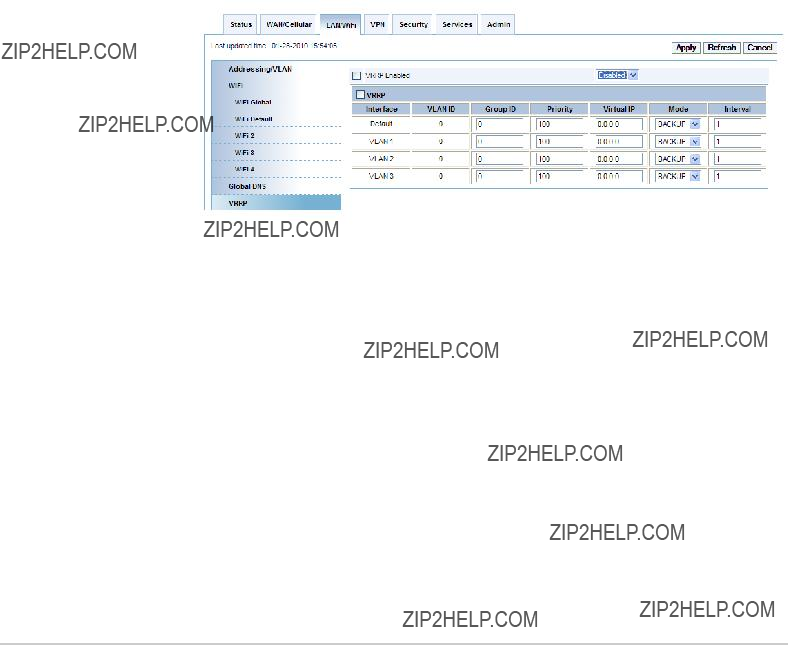

AirLink Helix User Guide

The Helix Box can act as a Virtual Private Network (VPN) client, providing enterprise VPN access to any device connected to the Helix RT even when a device has no VPN client capability on its own. The Helix supports up to two tunneling protocols, IPsec and GRE. Both can be used at the same time if configured properly.
The Helix also supports split tunnels with one encrypted tunnel and one open tunnel. A sample server subnet for a split tunnel would be 172.16.1.0/24. Split tunnel VPNs should be setup with care, as a split tunnel configuration with both an enterprise VPN and access to the public Internet can inadvertently expose company resources.
This section should give you a general overview of the VPN capabilities. If you would like specific solution support, refer to the recommendations and instructions provided with your VPN server solution.
VPN 1
Figure
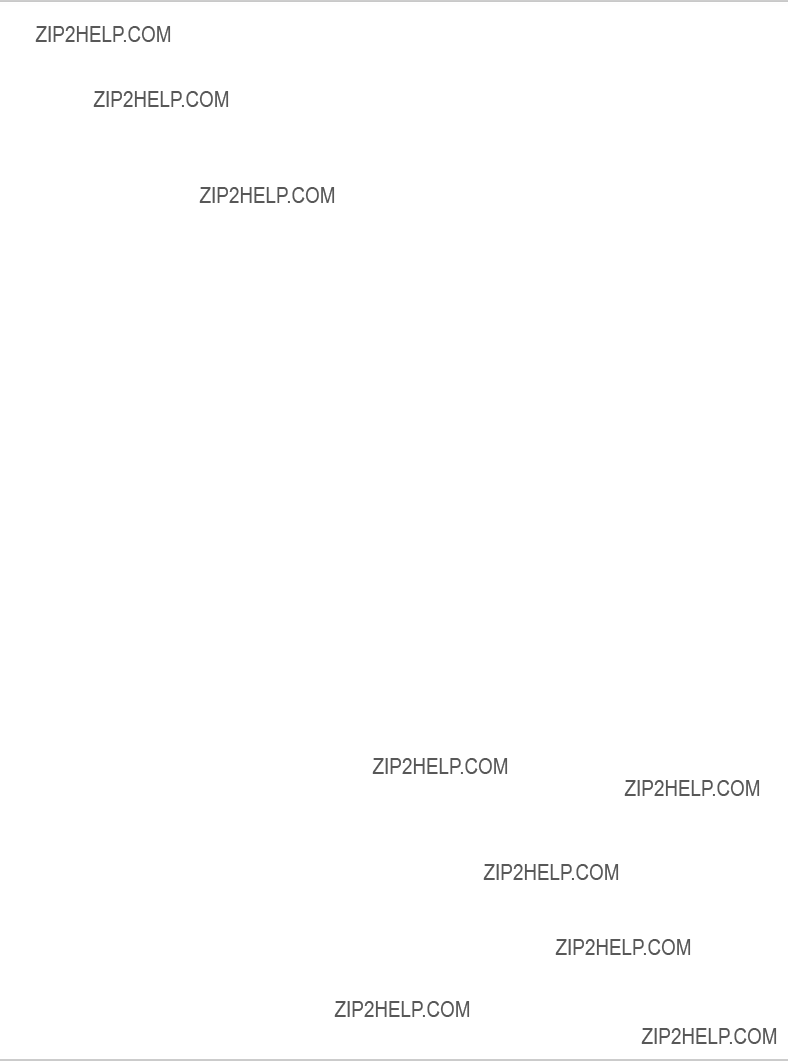
AirLink Helix User Guide

Figure
Figure
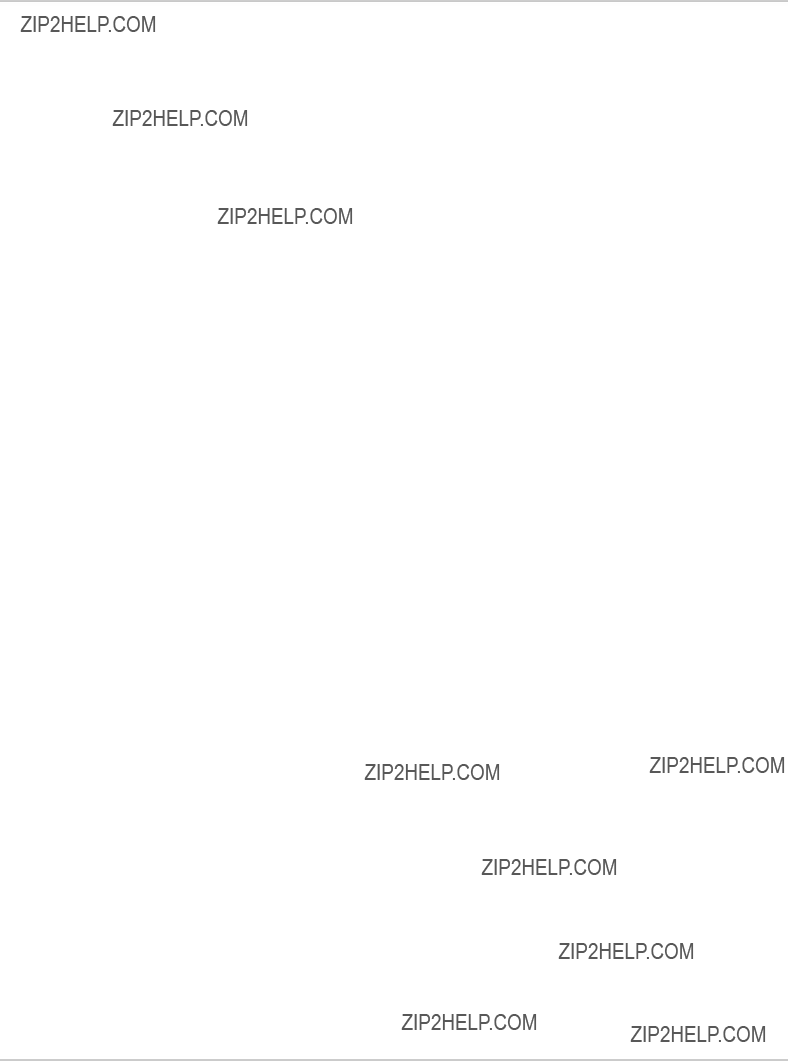
AirLink Helix User Guide
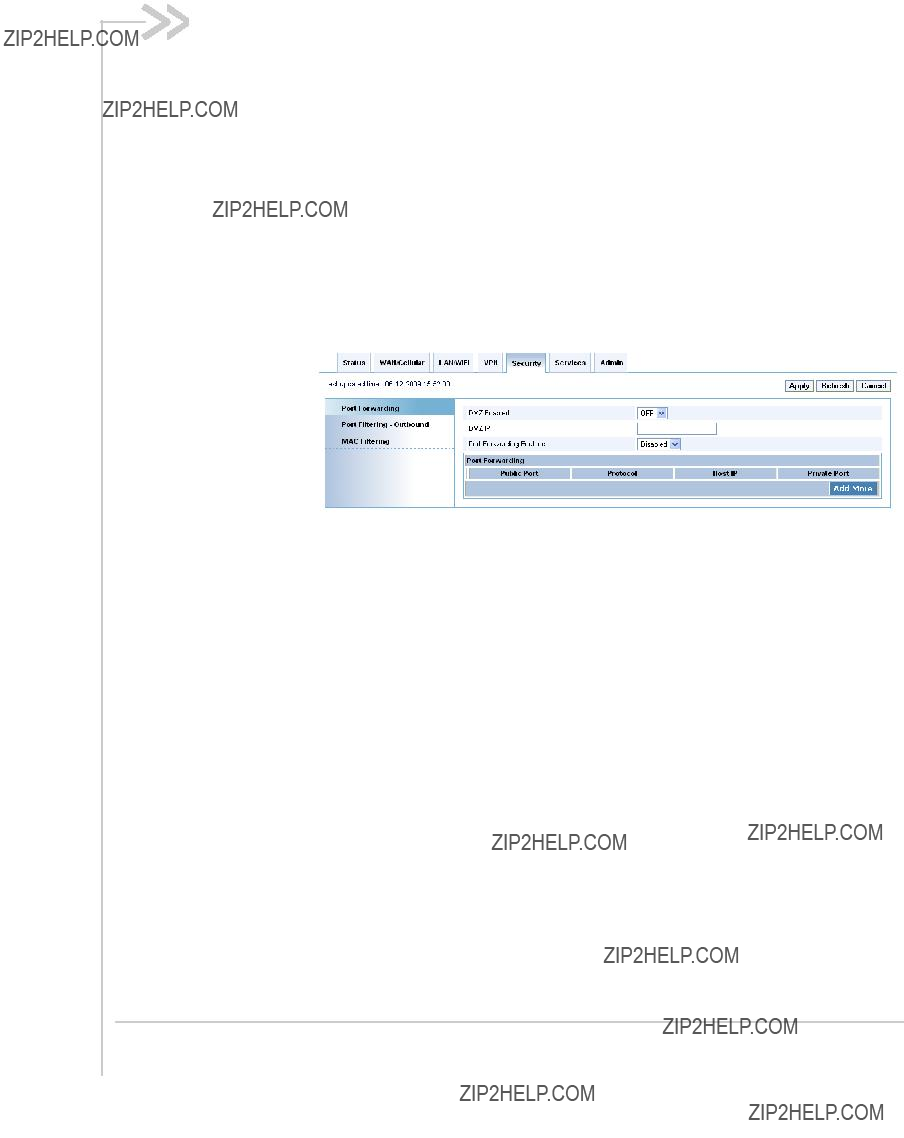
Most security features can be configured on the Security page. It is recommended you change the default password for ACEmanager.
Port Forwarding and DMZ
To add a rule, fill in the outside port (ie, 8080), the protocol (TCP or UDP), the host (or internal) IP, and the private port (the port on the inside of the network). Some cellular carriers restrict port access.
Check with your cellular carrier if you have problems setting this up. To add more rules, click on the Add More button. To remove a rule, click on the 'X' button that is next to the rule.
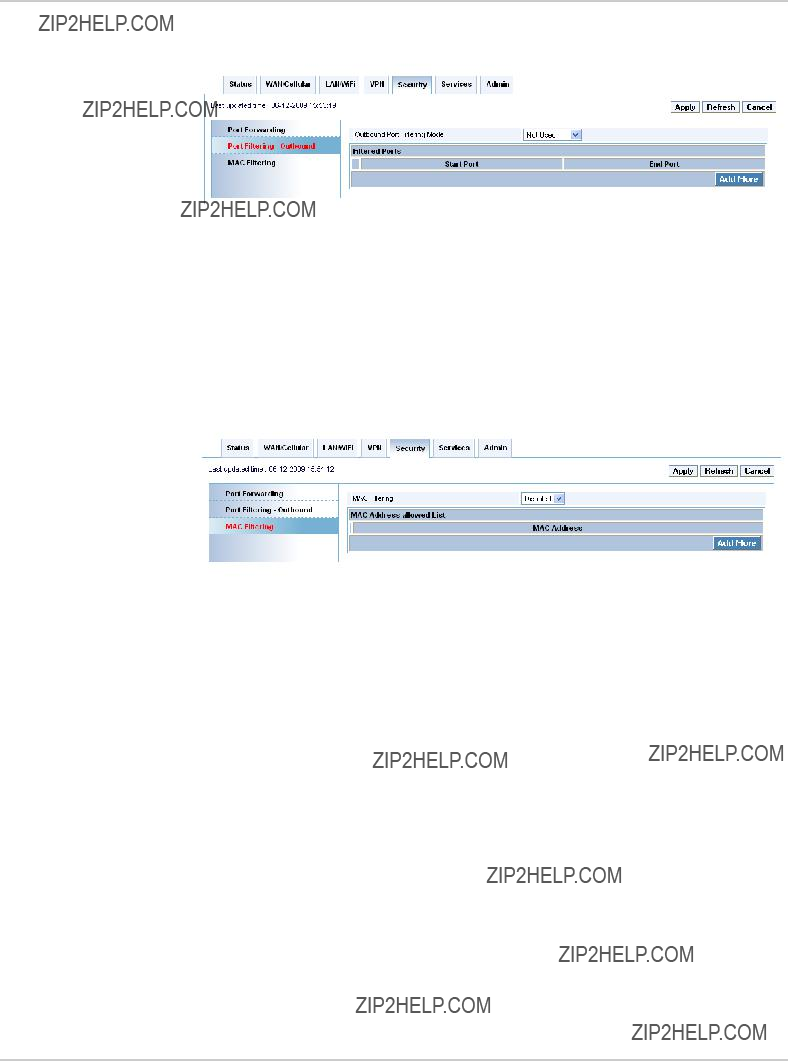
AirLink Helix User Guide
Port Filtering - Outbound
Figure
MAC Filtering
Figure

Services
The services sections allows configuration of external services that extend the functionality of the Helix.
ACEnet
ACEnet is a remote management service that can be used to remotely configure and view the status of Helix boxes and other ALEOS compatible devices. For more information about this service, go to: http://www.sierrawireless.com/Product/airlink/acenet.aspx
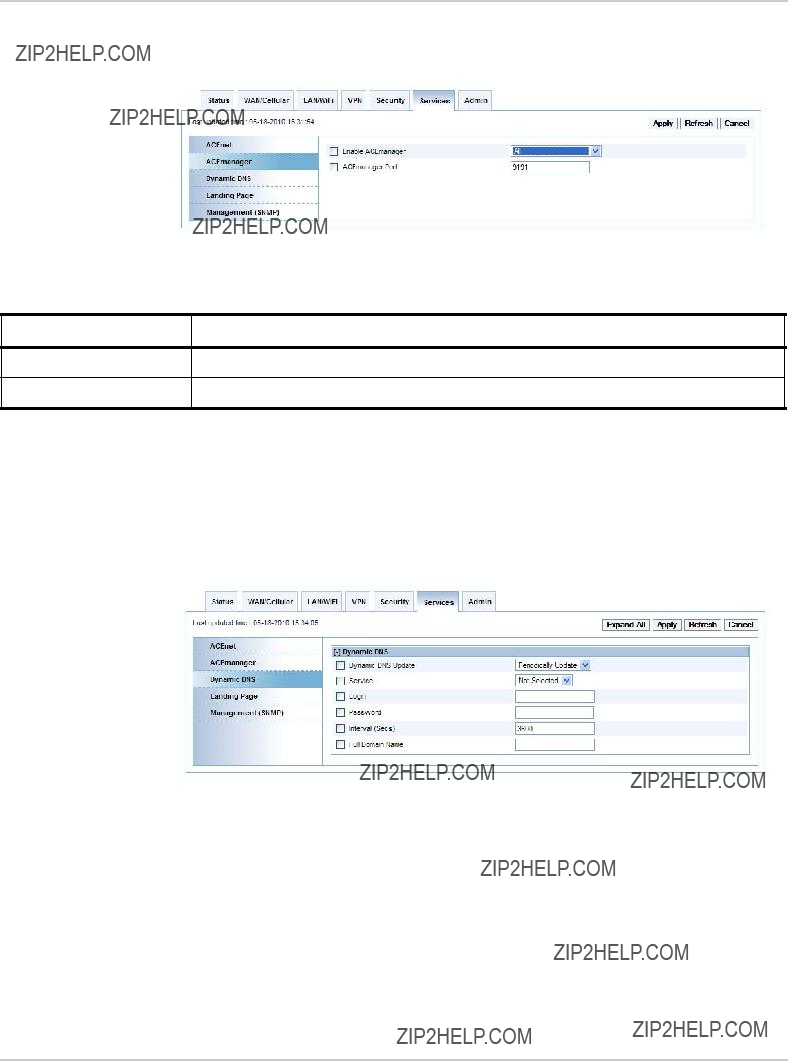
AirLink Helix User Guide
ACEmanager
Figure
Enable ACEmanager Enable ACEmanager on Tethered Host and Wifi or ALL (includes OTA).
ACEmanager Port Port for accessing ACEmanager is 9191.
Dynamic DNS
Dynamic DNS allows a Helix Box WAN IP address to be published to a
Figure

Landing Page
When Landing page is configured, an internet connection is blocked until the landing page is viewed from the web browser.
Figure
Enable Landing Page Select ???Enable??? to enable the landing page.
Landing Page URL URL of the landing page viewed. This can be on the remote location or on connected computer.
Note: WiFi 2, 3 and 4 are not affected by landing page.
Note: When the device first receives the nework IP and the landing page cannot be reached, you could get an error indicating Internet access is unavailable.
Management (???SNMP)
The Simple Network Management Protocol (SNMP) was designed to allow remote management and monitoring of a variety of devices from a central location. The SNMP management system is generally composed of agents (such as your Helix device) and a Network Management Station (NMS) which monitors all the agents on a specific network. Using the management information base (MIB), an NMS can include reporting, network topology mapping, tools to allow traffic monitoring and trend analysis, and device monitoring.
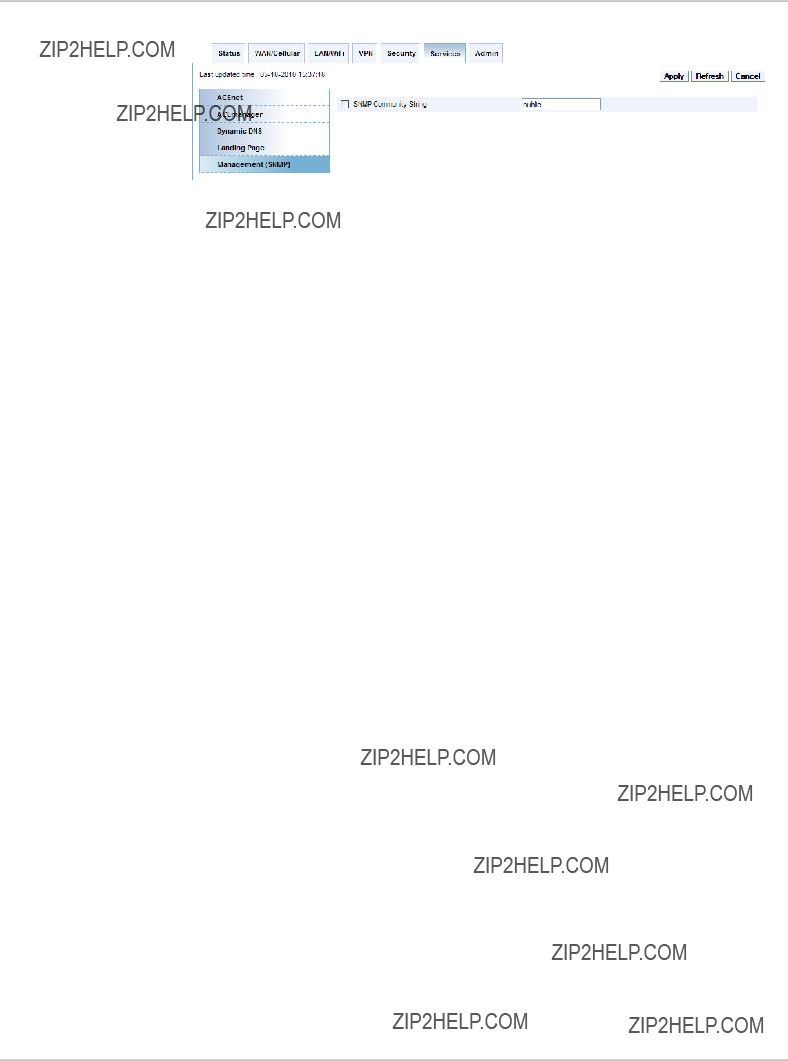
AirLink Helix User Guide
Figure

Admin
The admin section of the Helix allows the box to be reset to defaults, the password to be changed, and debug mode.
Figure
It is highly recommended to change the default password of the
Helix.
To change the default password,
1.Enter the user name (admin).
2.Enter the old password.
3.Enter the new password twice.
4.Click on Change Password
You will be prompted to restart the Helix. When the box has restarted, reconnect to ACEmanager and you will be prompted to enter the new password.
Defaults
This will reset all settings (passwords, LAN and WAN configuration, security settings, etc.) to the original factory settings.
Figure

AirLink Helix User Guide
Click Reset to Factory Defaults to initiate the process to reset the Helix to its default settings. After clicking on the button, the Helix will reset and you can connect to ACEmanager with the default username and password.
Debug
Debug mode allows direct control over the cellular module for additional control, technical support, and custom settings. Enabling this mode will disable the onboard cellular module control.
Figure
Here is how to configure the Helix for debug mode using AT commands:
1.Set Debug Enabled option to Enabled.
2.Set Debug Output to DB9 for output to the DB9 on the device. The TCP option can be used if a virtual serial port is setup on the host device.
3.Set Dev Port to the radio module port that pass through mode to AT.
4.Set the BAUD Rate to 115200
5.Set the TCP Port if Debug Output is set to TCP. Ignore this option if you are using a serial cable
6.Click the Apply button and OK in the popup window that reads: ???Applied the changes successfully.???
7.Click Reboot button.
8.Attach a serial cable to the Helix device after it has been rebooted.
Note: The Helix must be rebooted when enabling or disabling debug mode.
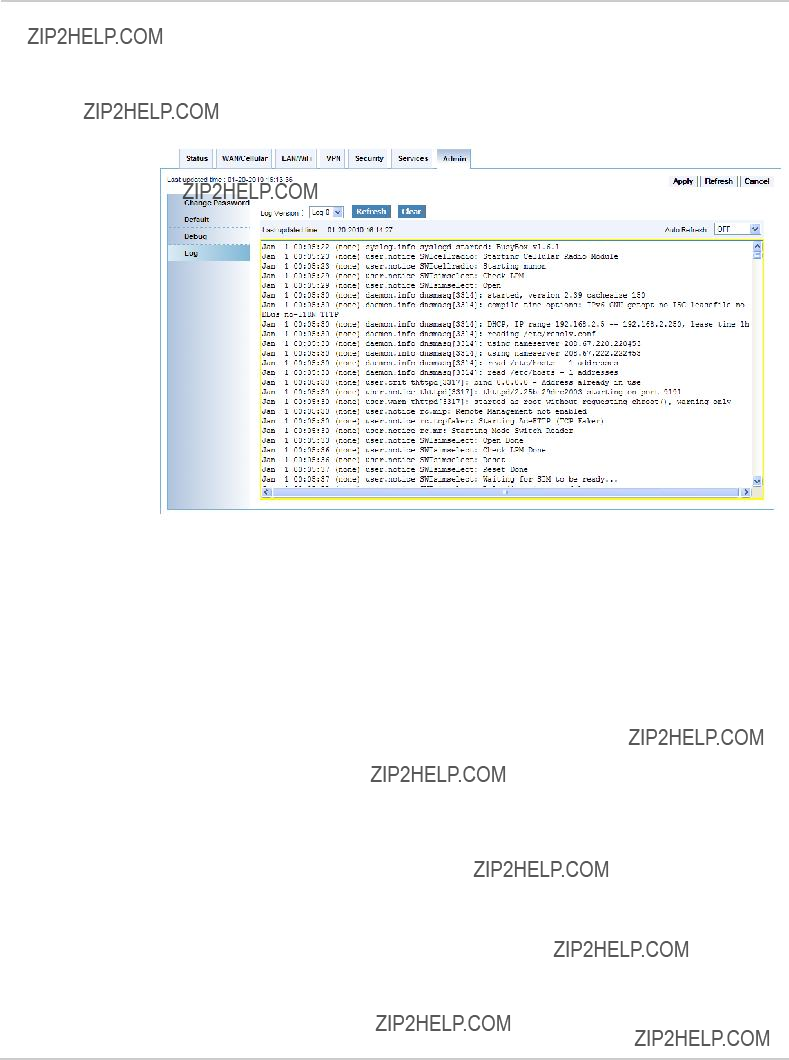
Configuring Admin
Log
The log file is a system log of the helix unit.
Log 0 is the current data and Log 1 to 5 is the archived data. The Refresh tab will refresh the display with current data. Clear tave will clear the log displayed.
Figure
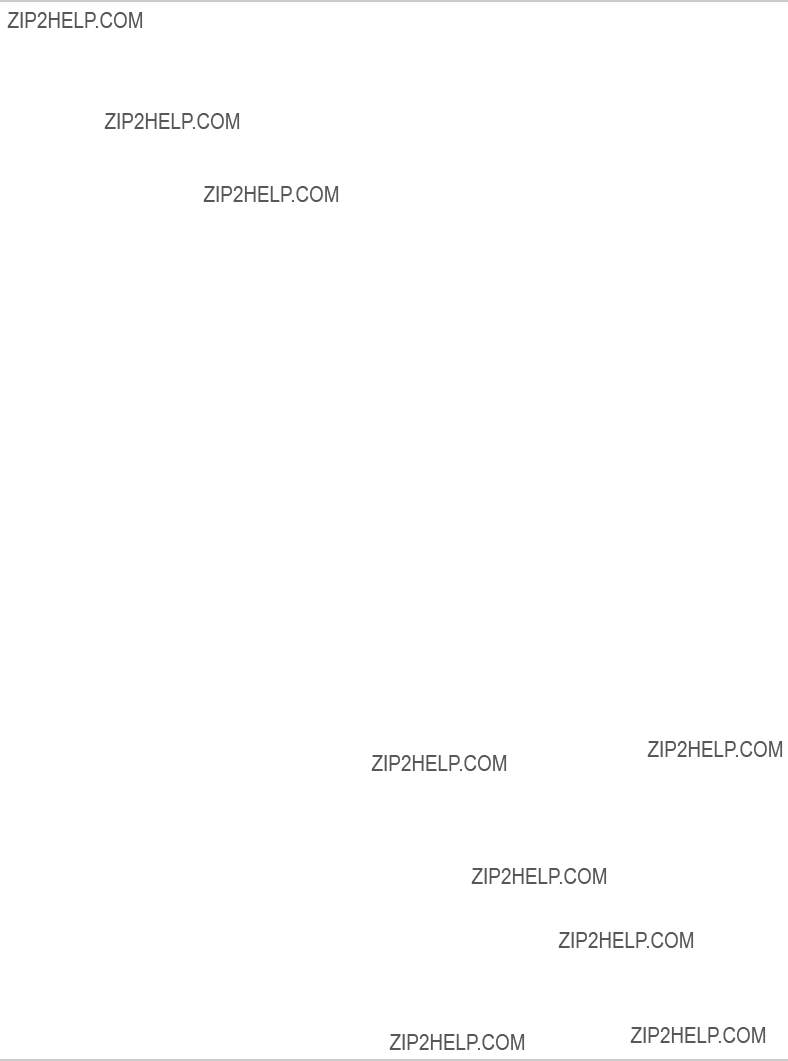
AirLink Helix User Guide

WAN
???WAN
???WAN Alive maintains persistent cellular connection
???Dynamic DNS client compatible with
LAN
???Ethernet 10/100 megabit, 2 ports
???Configurable LAN IP address
???MAC filtering
???Configurable DHCP server
???
???WPA and WPA2 Personal and Enterprise
???WEP (64 or 128 bit)
Routing
???NAT
???WWAN IP passthrough
???Static or DHCP IP address assignment
???Custom APN for GSM networks
???Port Forwarding
???Outbound port restrictions
???DMZ host
???
Administration
???ACEmanager, device config
???Remote management option with ACEnet
???Signal strength meter via ACEmanager
???Upgradeable firmware
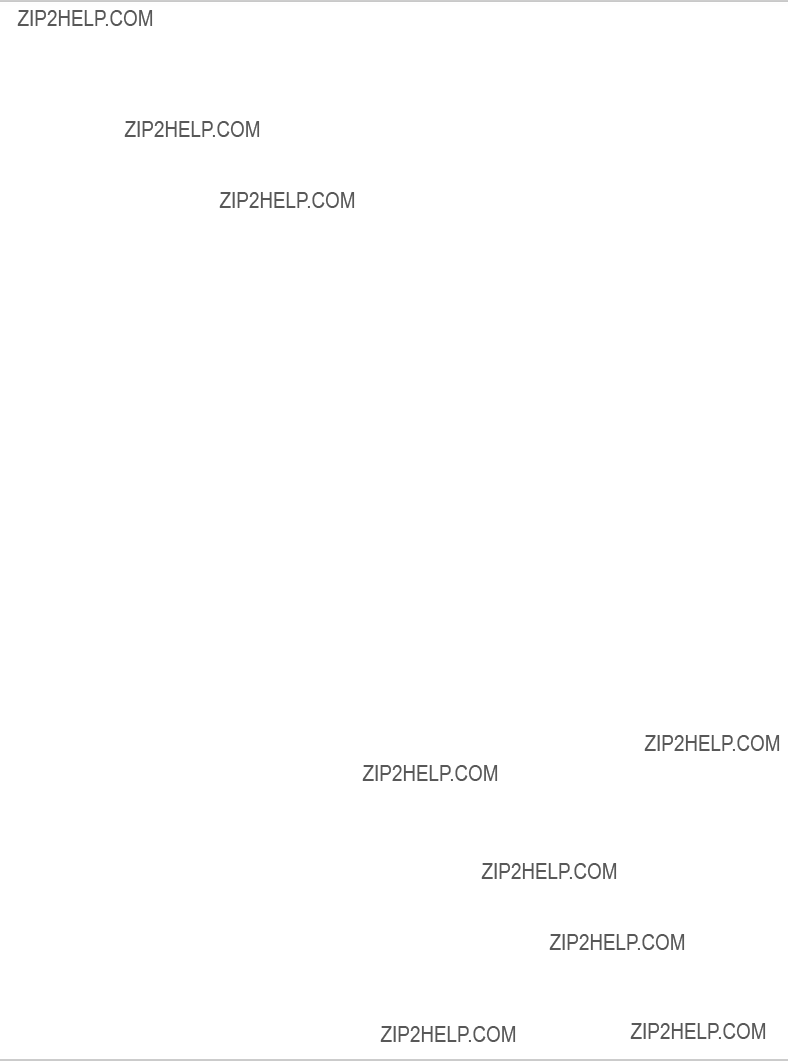
AirLink Helix User Guide
Hardware
???FCC CFR47 PART 15 SUBPART C (FCC) compliant
??MC5727 id is
??MC8790 id is N7NMC8790
??WLM54G WiFi PCI card id
???Power, Status, Activity LEDs
???Outlet Power adapter (12VDC, 1.5 amp)
Physical
???Compact, rugged case
???Dimensions: 6.25"x1.3875"x7.0625" (case, not including antenna)
???Weight: 2.25 pounds
???Operating temperature: 0??C to 50?? C
???Storage Temperature:

Federal Communications Commission
Notice (FCC United States)
Electronic devices, including computers and wireless modems, generate RF energy incidental to their intended function and are therefore subject to FCC rules and regulations.
This equipment has been tested to, and found to be within the acceptable limits for a Class A digital device, pursuant to part 15 of the FCC Rules.
This equipment generates radio frequency energy and is designed for use in accordance with the manufacturer's user manual. However, there is no guarantee that interference will not occur in any particular installation.
If this equipment causes harmful interference to radio or television reception, which can be determined by turning the equipment off and on, you are encouraged to try to correct the interference by one or more of the following measures:
???Reorient or relocate the receiving antenna
???Increase the separation between the equipment and the receiver
???Connect the equipment into an outlet on a circuit different from that to which the receiver is connected
???Consult the dealer or an experienced radio/television technician for help
???This device complies with Part 15 of the Federal Communications Commission (FCC) Rules. Operation is subject to the following two conditions:
1.This device may not cause harmful interference.
2.This device must accept any interference received, including interference that may cause undesired operation.
Warning: Changes or modifications to this device not expressly approved by Sierra Wireless could void the user's authority to operate this equipment.
Industry Canada
This Class A digital apparatus meets all requirements of the Canadian Interference Causing Equipment Regulations. Operation is subject to the following two conditions:
1.this device may not cause harmful interference, and
2.this device must accept any interference received, including inter- ference that may cause undesired operation.
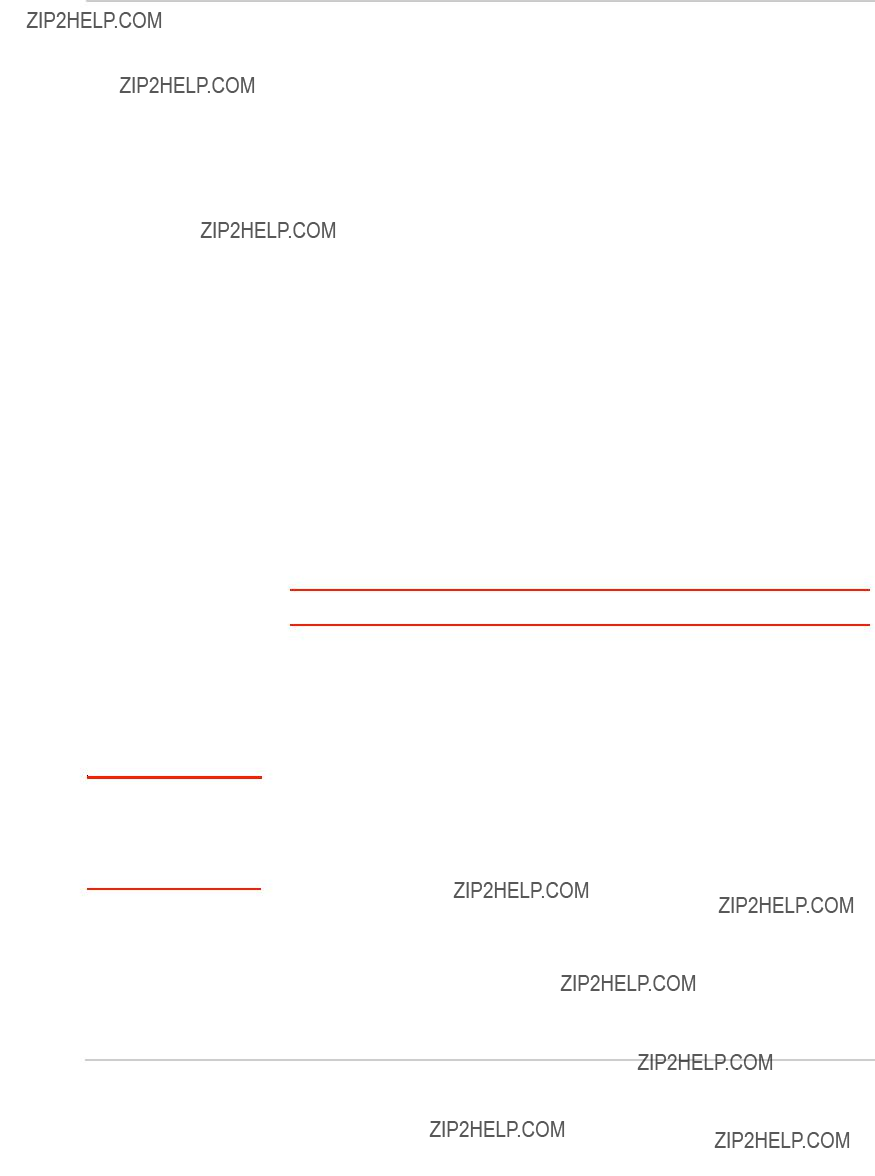
AirLink Helix User Guide
Note: At least 20 cm separation distance between the antenna and the user's body must be maintained at all times.
Cet appareillage num??rique de la classe B r??pond ?? toutes les exigences de l'interf??rence canadienne causant des r??glements d'??quipement. L'op??ration est sujette aux deux conditions suivantes:
1.ce dispositif peut ne pas causer l'interf??rence nocive, et
2.ce dispositif doit accepter n'importe quelle interf??rence re??ue, y compris l'interf??rence qui peut causer l'op??ration peu d??sir??e.
Antenna Considerations
Although the antenna model(s) used with these devices meet(s) the Industry Canada Radio Frequency requirements, it is possible that the future customers may swap them for different ones without network provider's knowledge and approval. Such customers must be made aware of, and follow, the Radio Frequency requirements applied in this Technical Approval:
???
???
???
???
RF Exposure
In accordance with FCC/IC requirements of human exposure to radiofrequency fields, the radiating element shall be installed such that a minimum separation distance of 20cm should be maintained from the antenna and the user's body .
Warning: This product is only to be installed by qualified personnel!
To comply with FCC/IC regulations limiting both maximum RF output power and human exposure to RF radiation, the maximum antenna gain must not exceed 5 dBi in the Cellular band and 4 dBi in the PCS band.
EU
Sierra Wireless hereby declares that the Product Name devices conform to all the essential requirements of Directive 1999/5/EC.
Products are marked with a CE and notified body number as shown here:
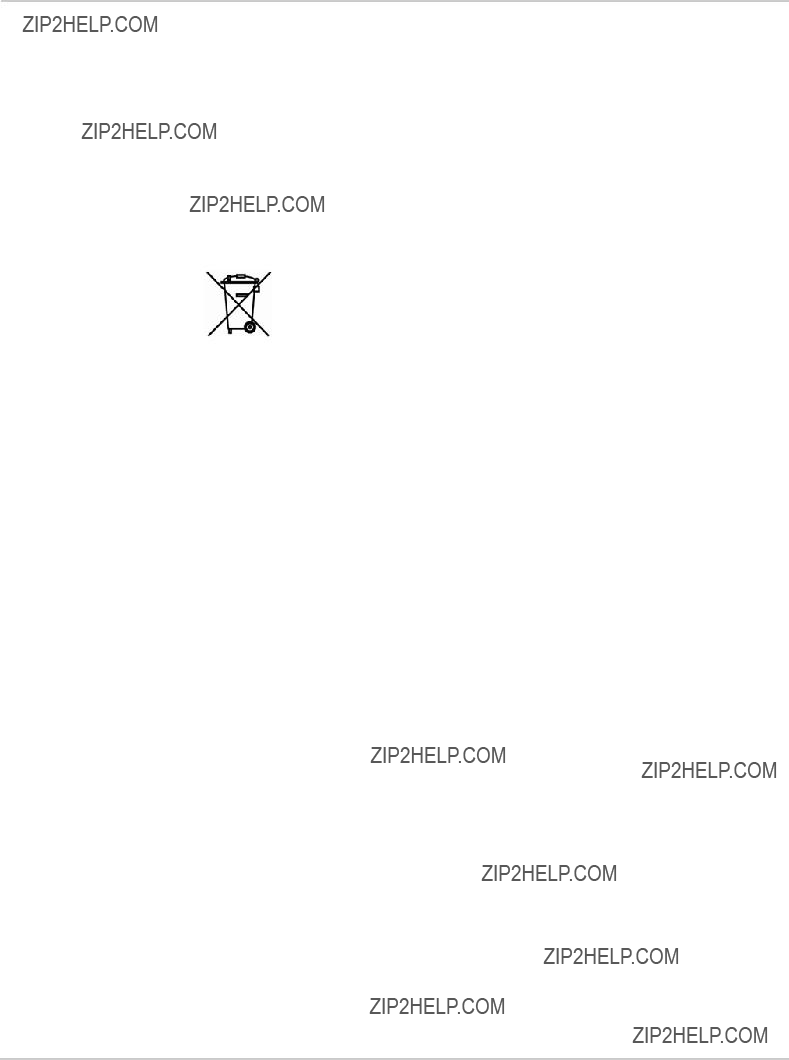
Regulatory Information
The Declaration of Conformity made under Directive 1999/5/EC is available for viewing at the following location in the EU community.
Sierra Wireless
39677 Eureka Drive
Newark, CA
USA 94560
The device is a Class A device for use in commercial environment.
WEEE Notice
If you purchased Product Name in Europe, please return it to your dealer or supplier at the end of its life. WEEE products may be recognised by their wheeled bin label on the product label.

AirLink Helix User Guide
